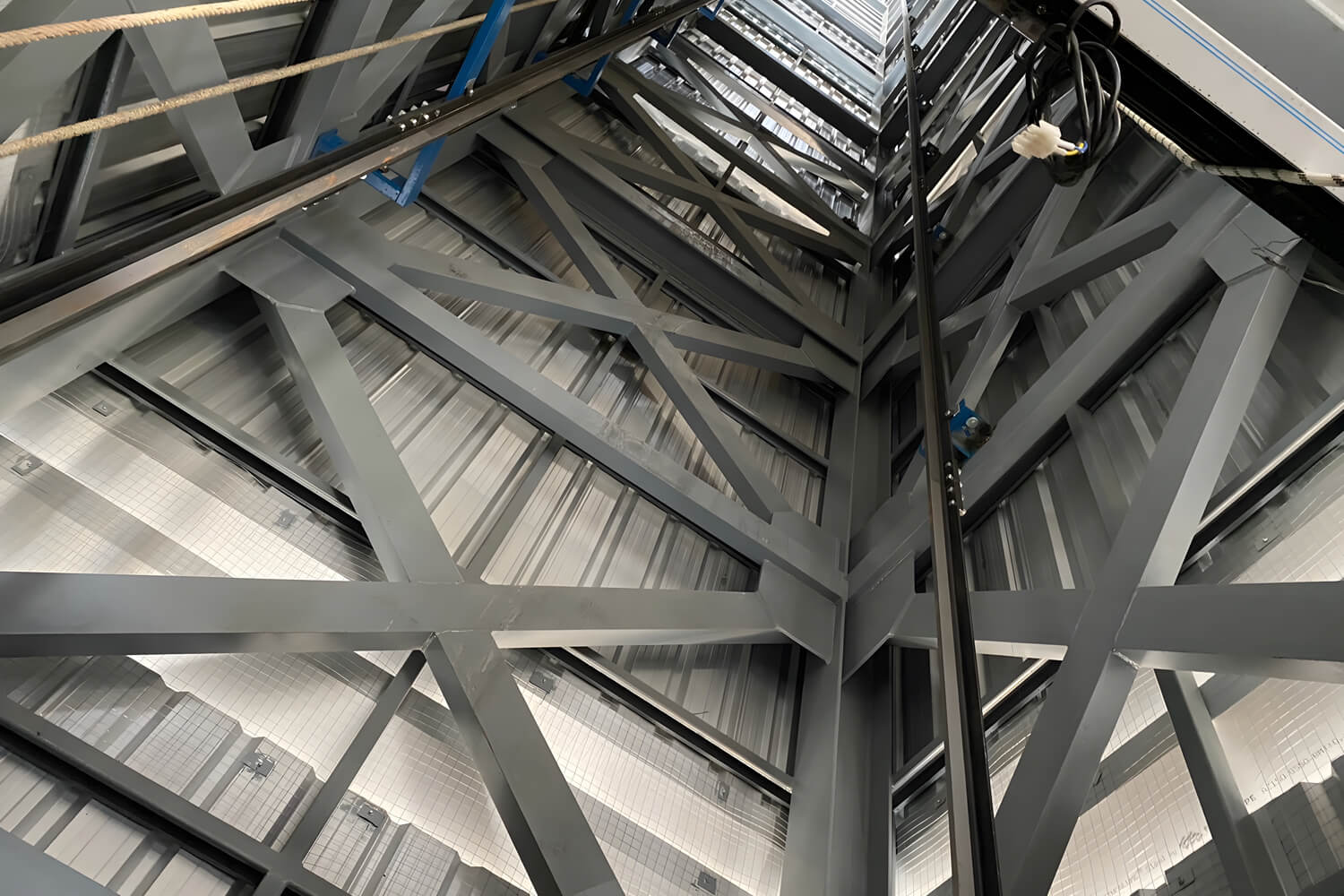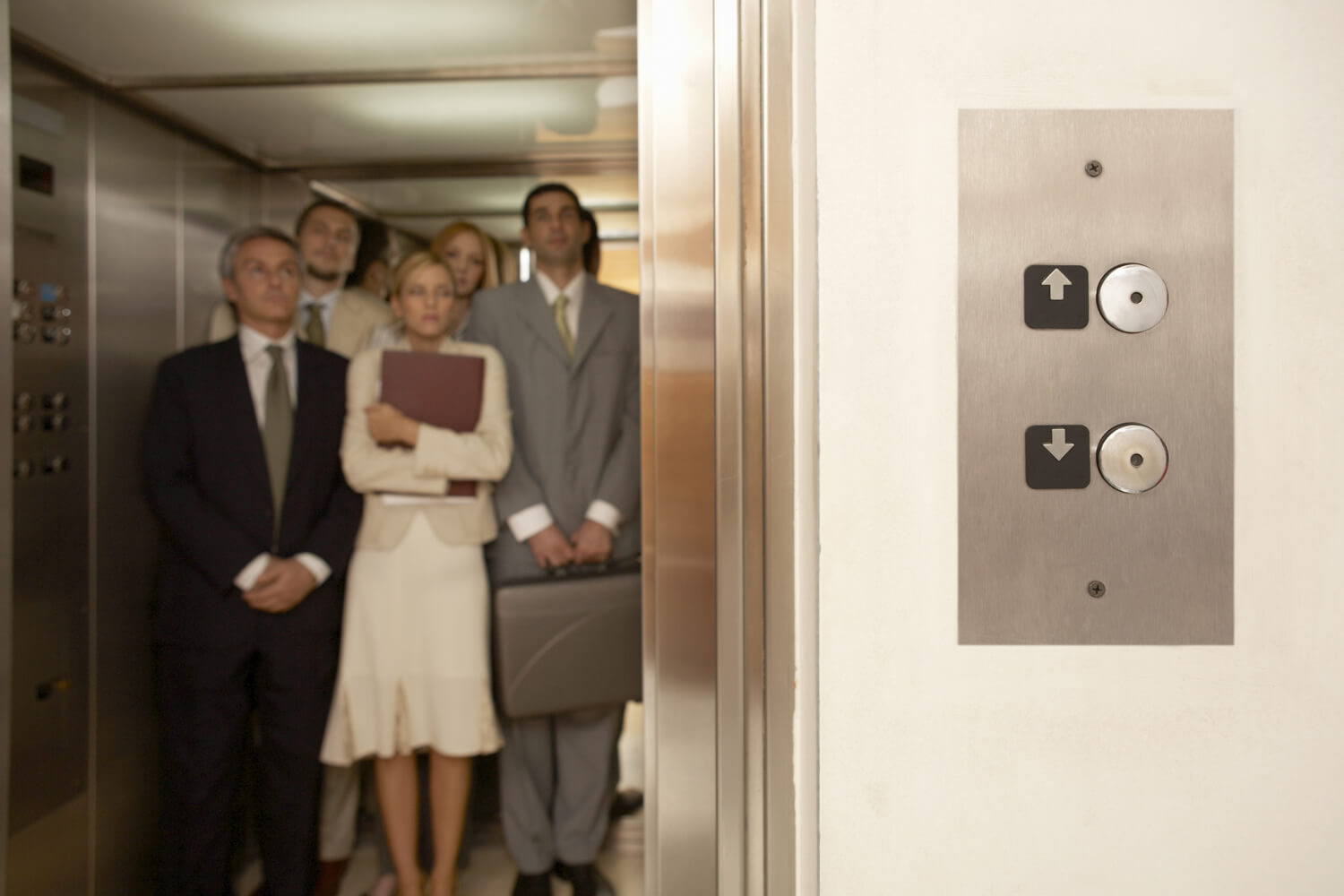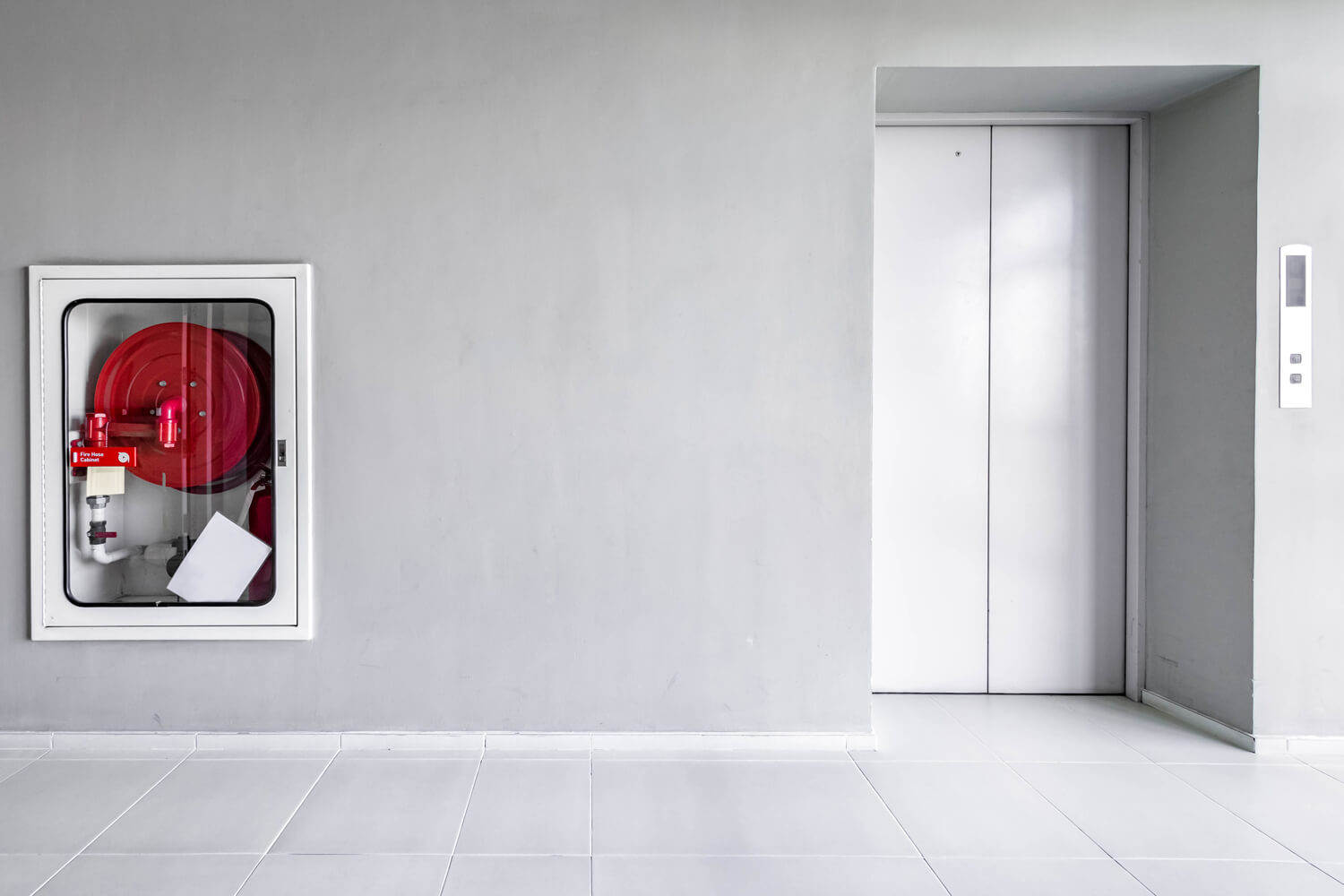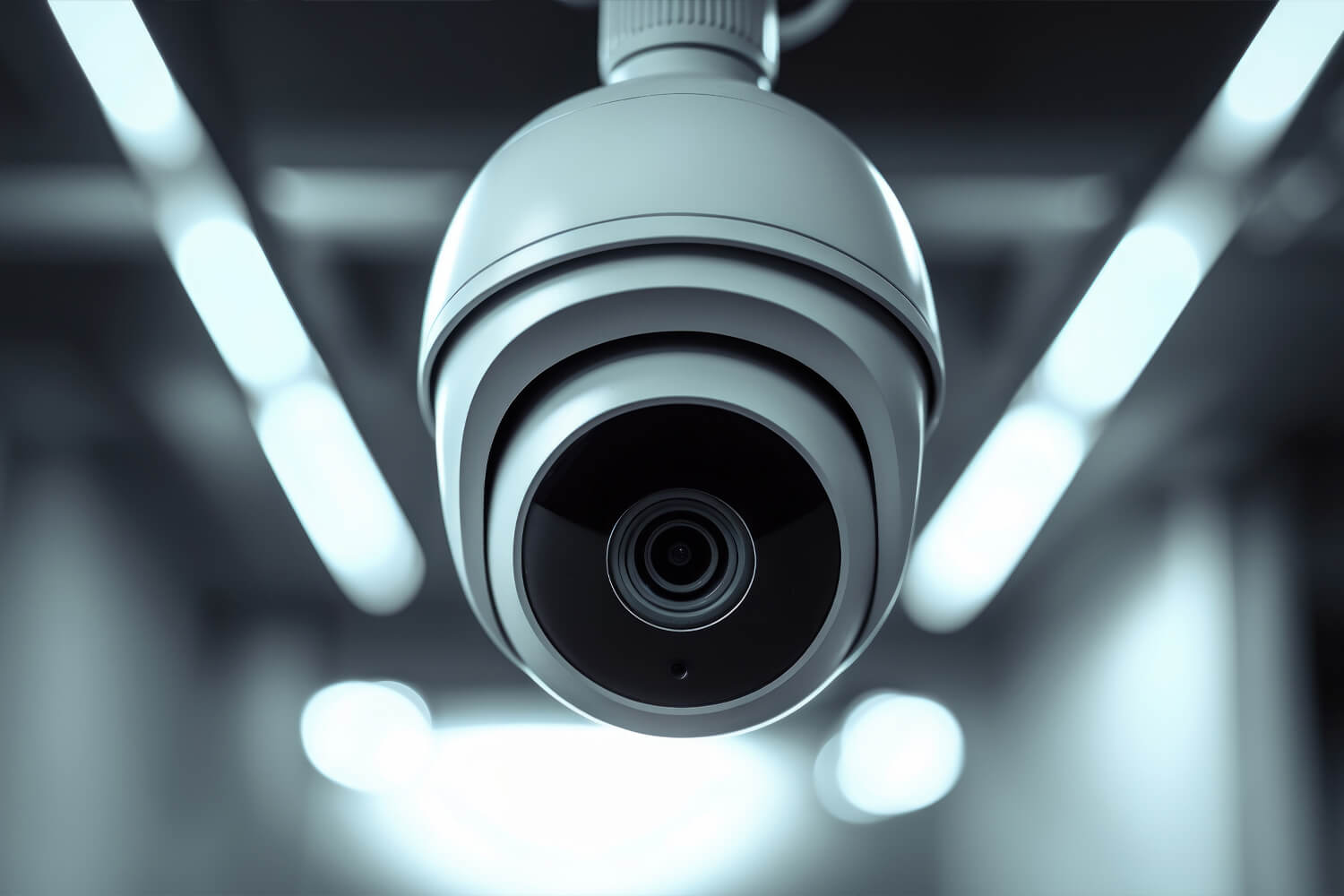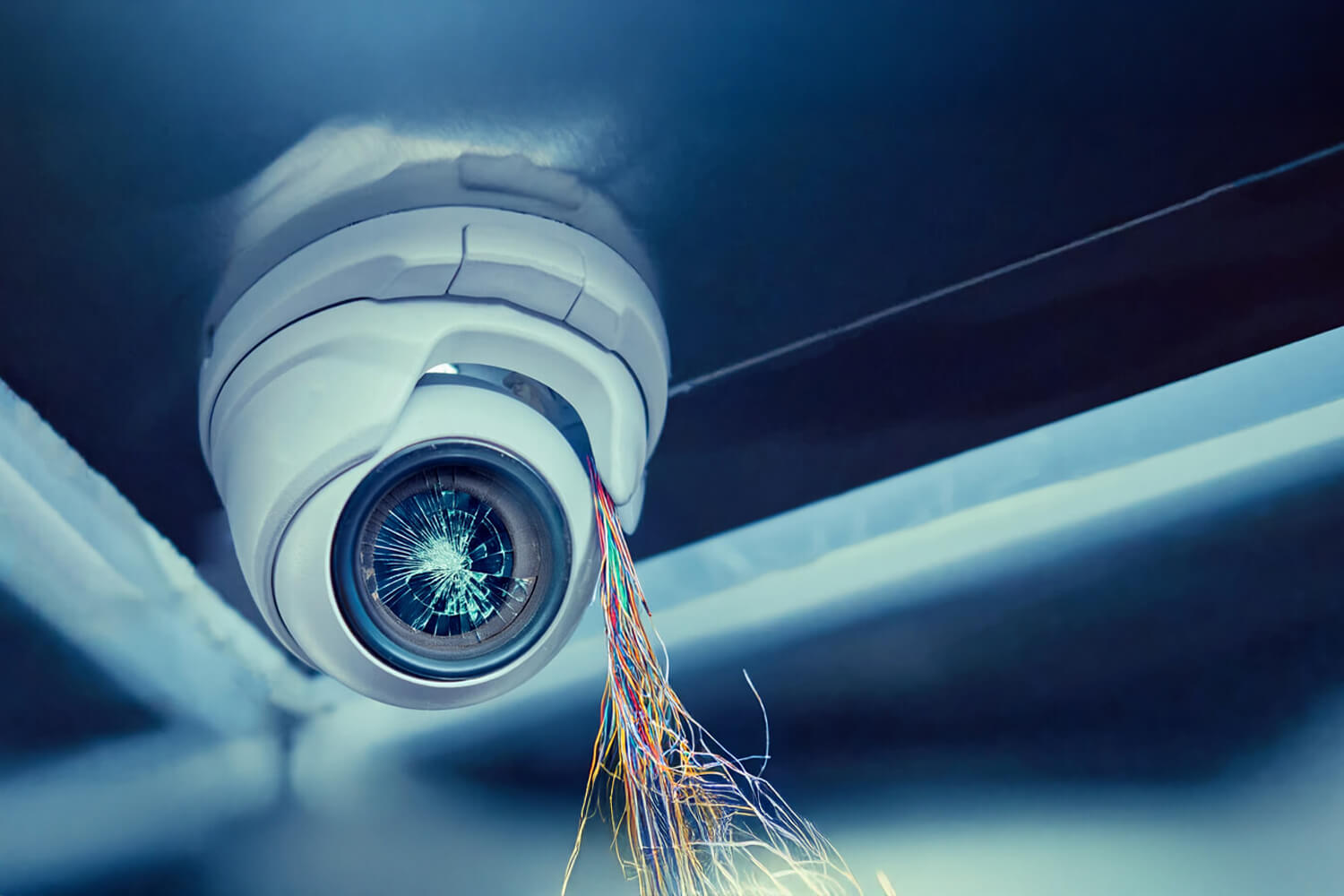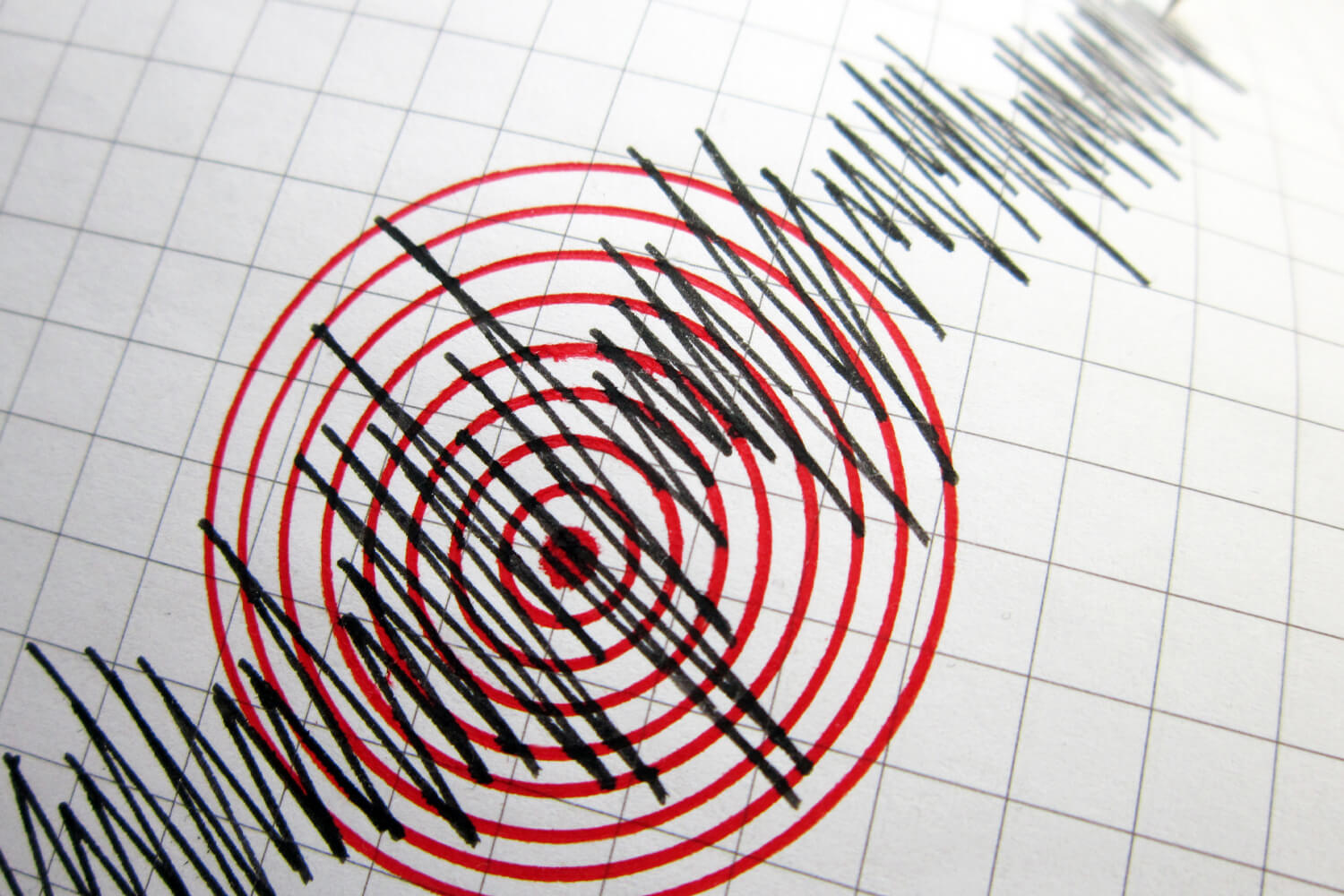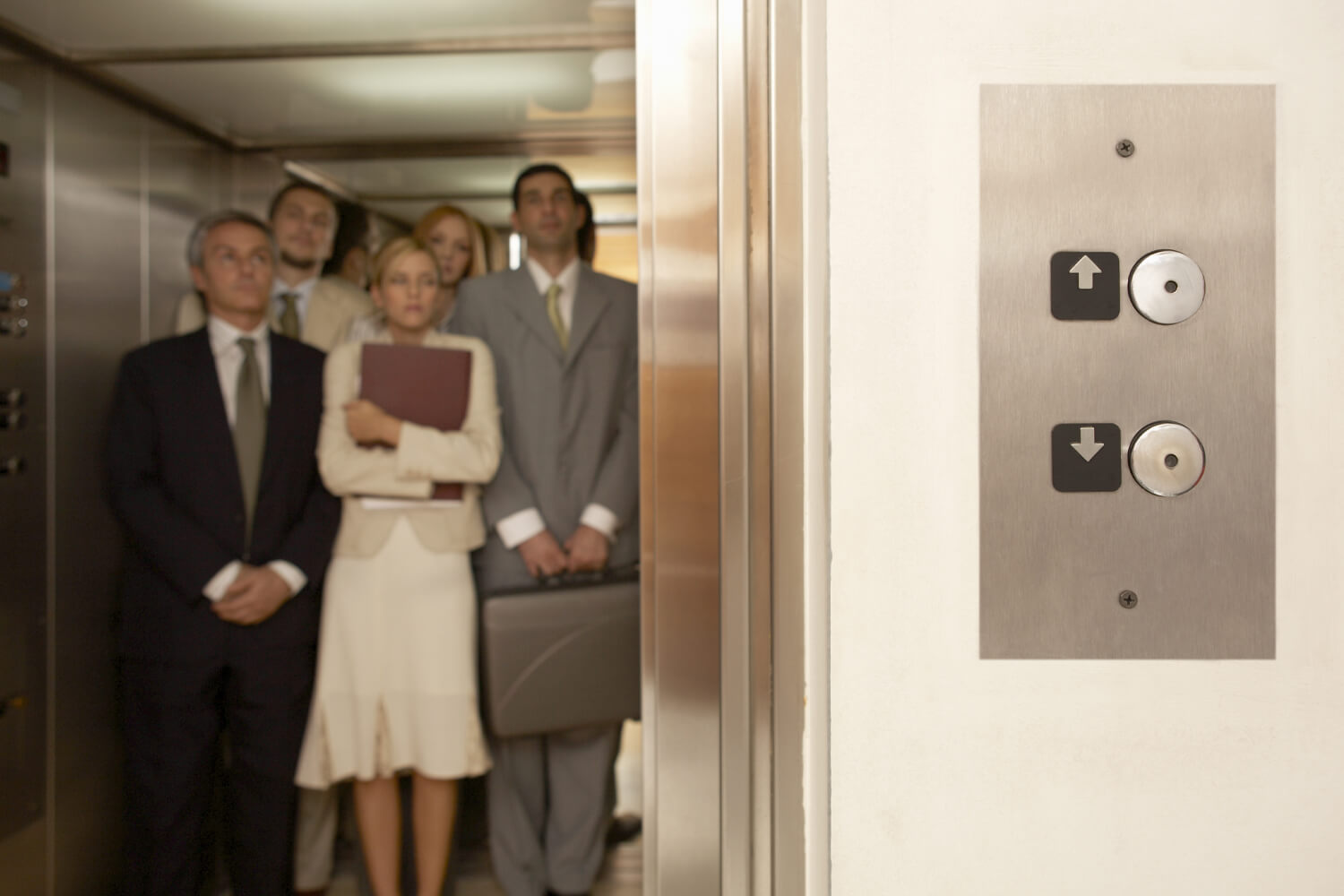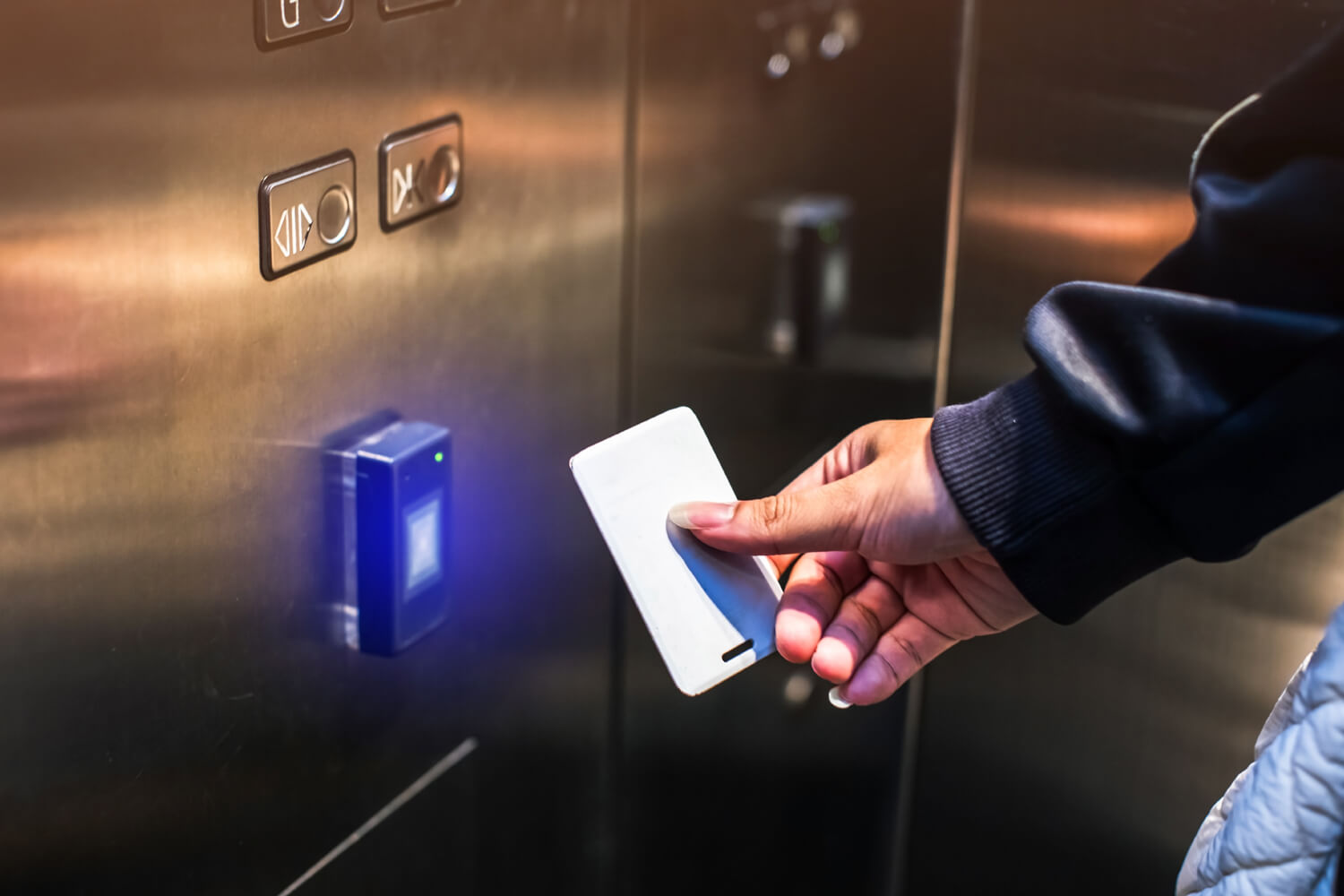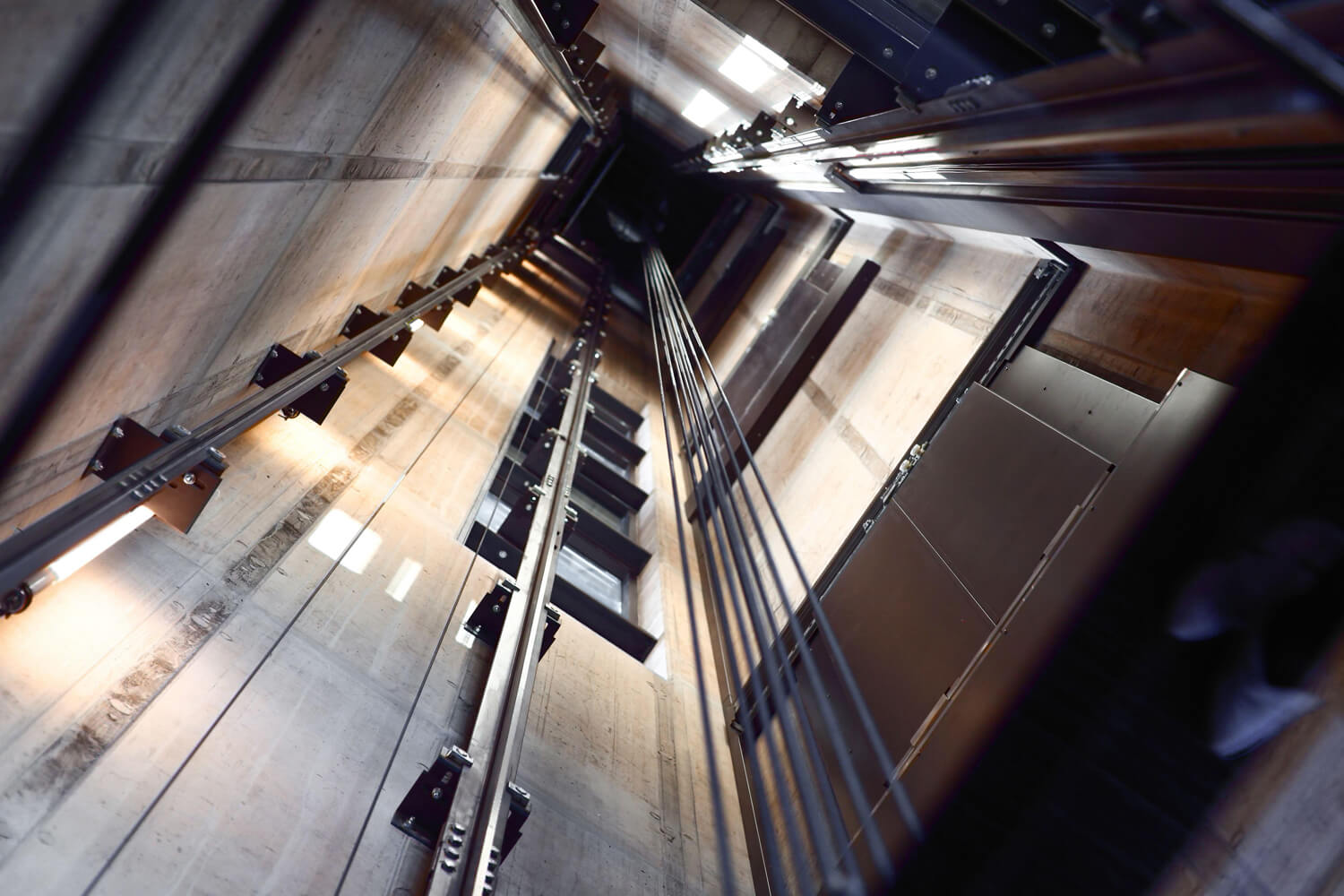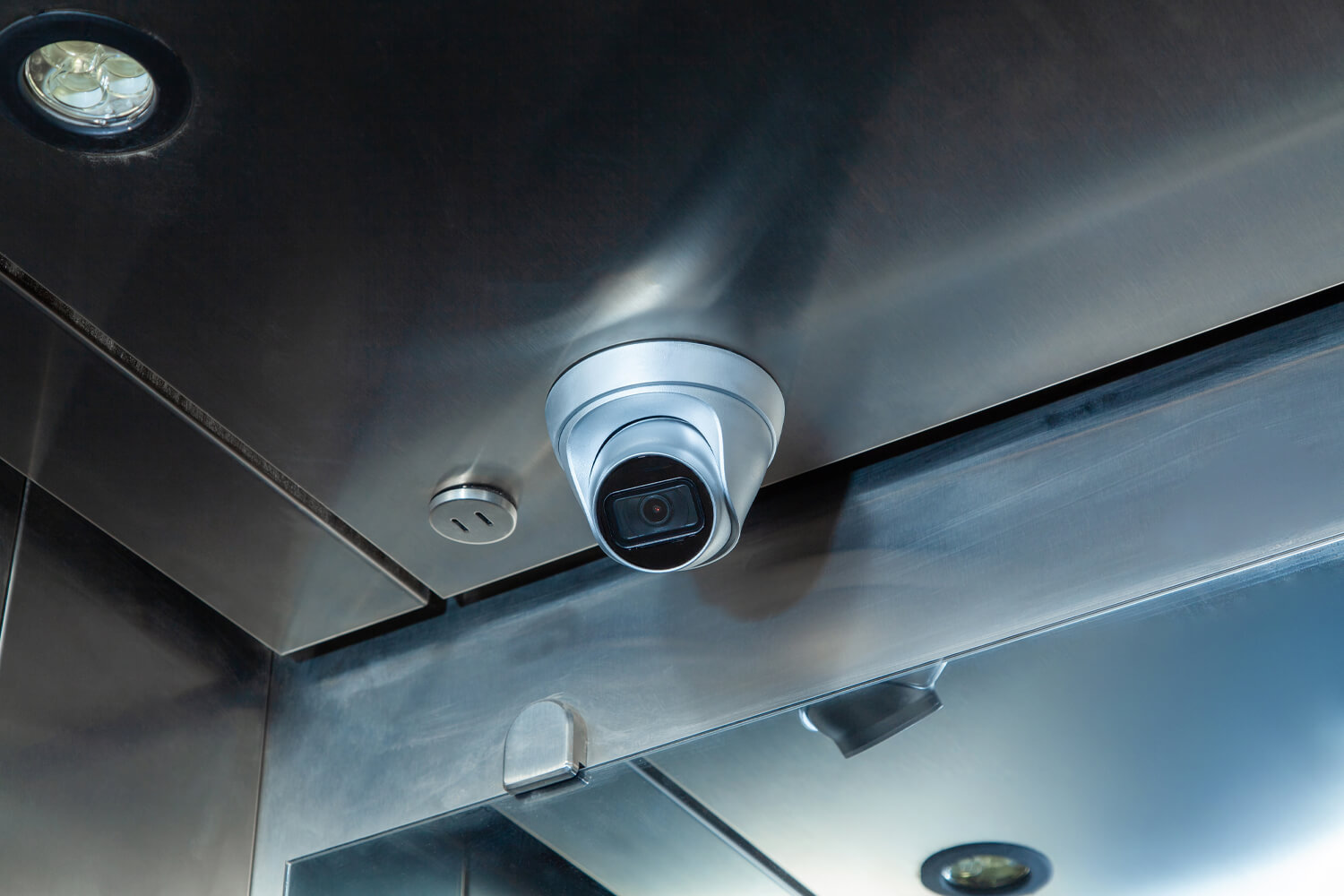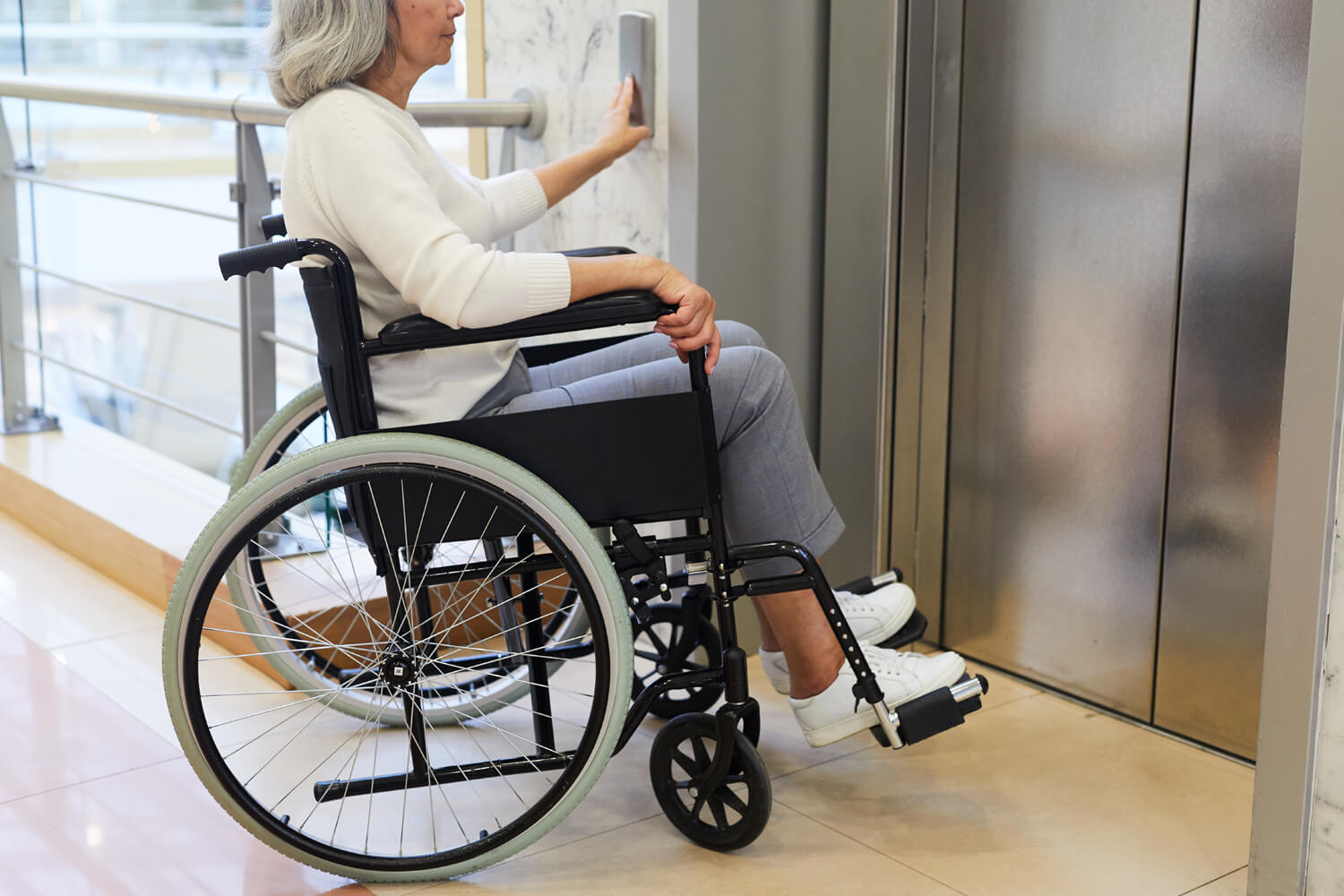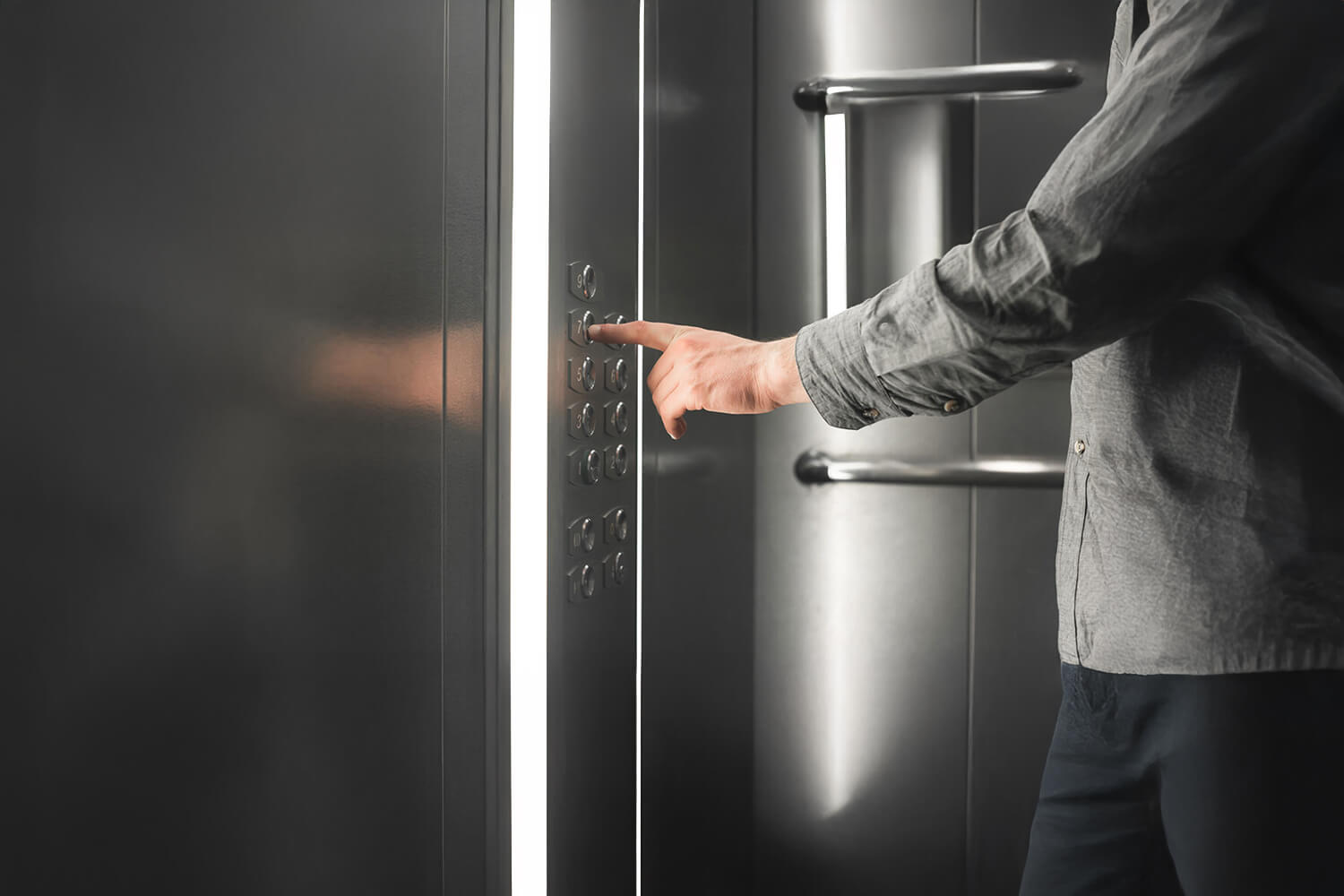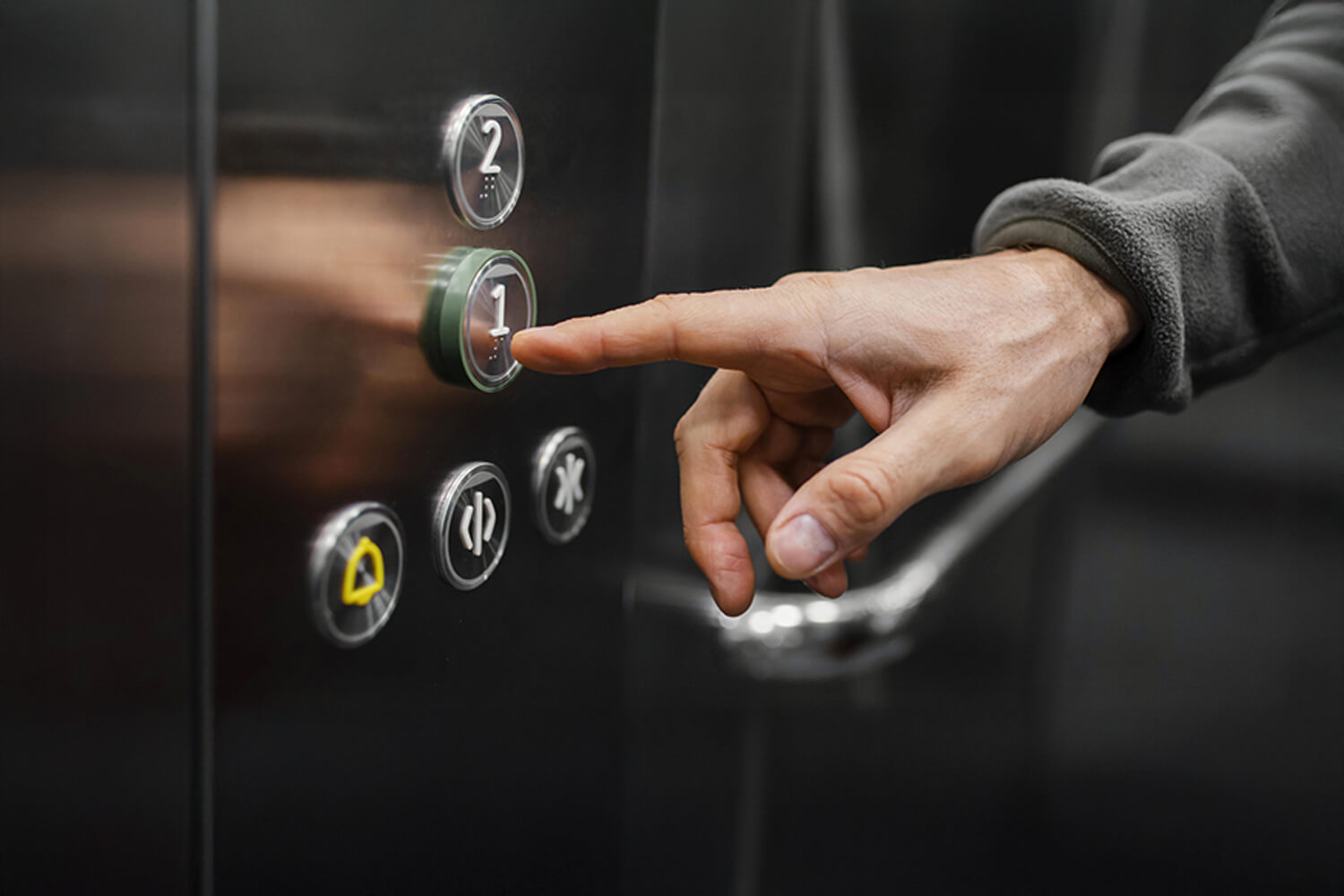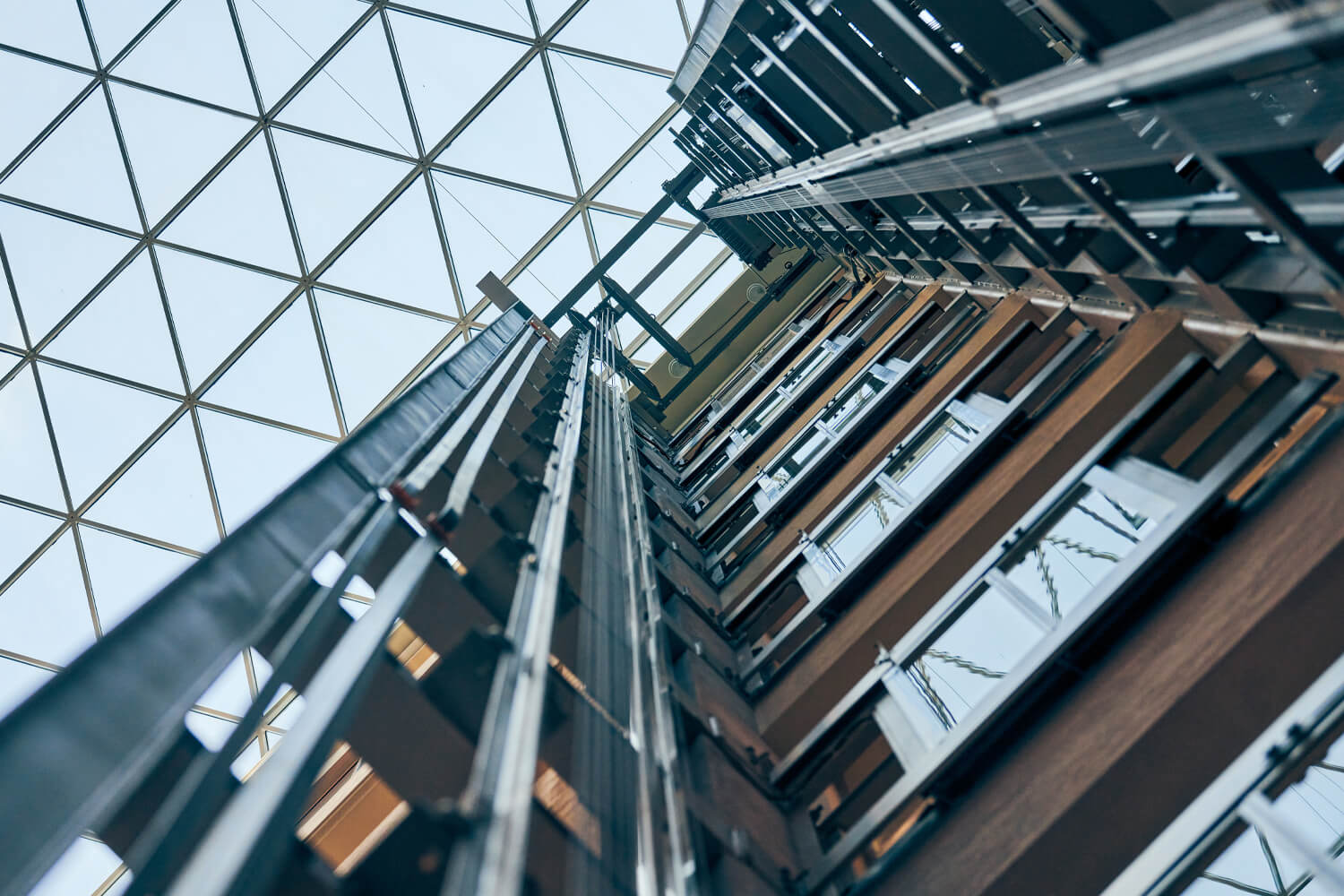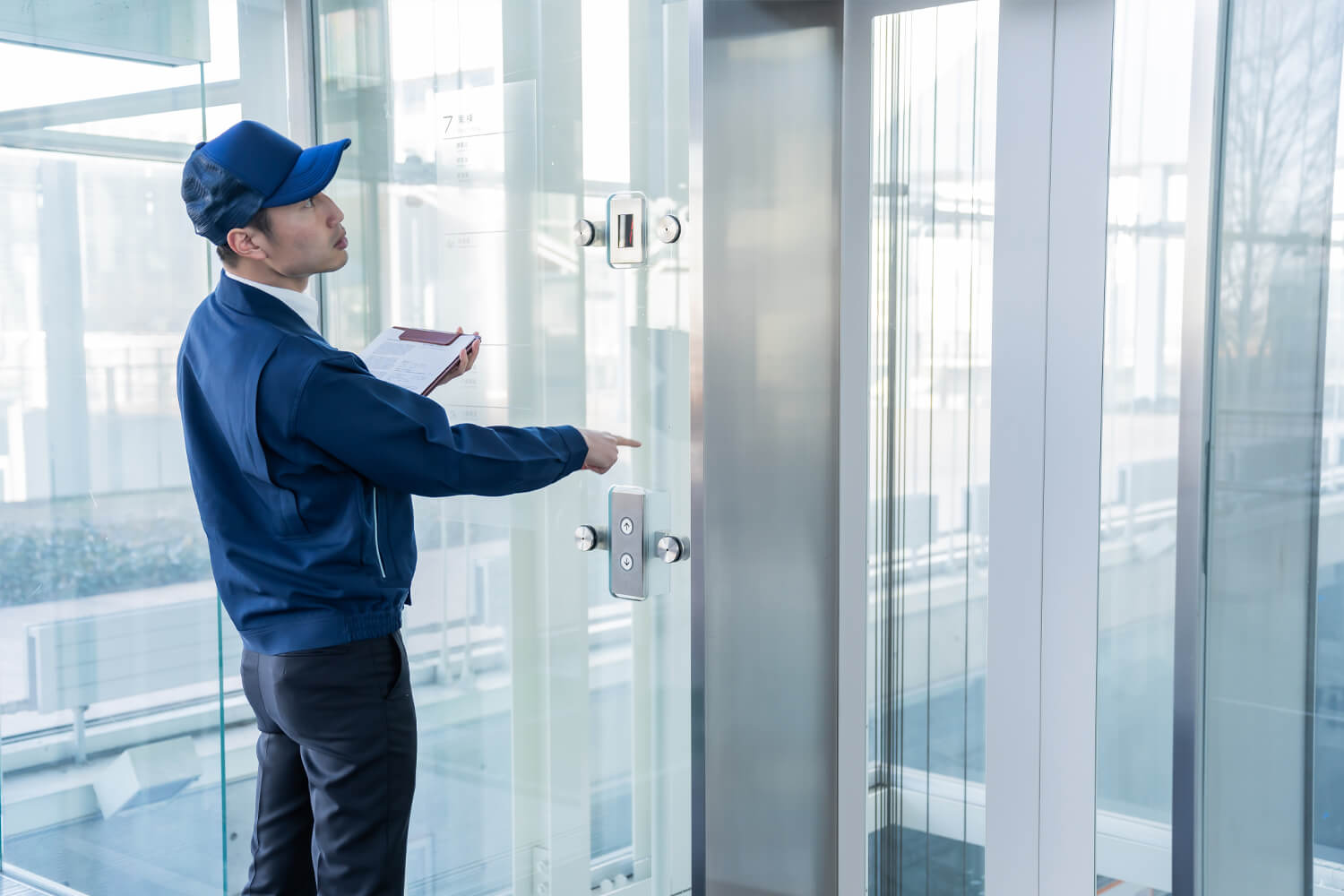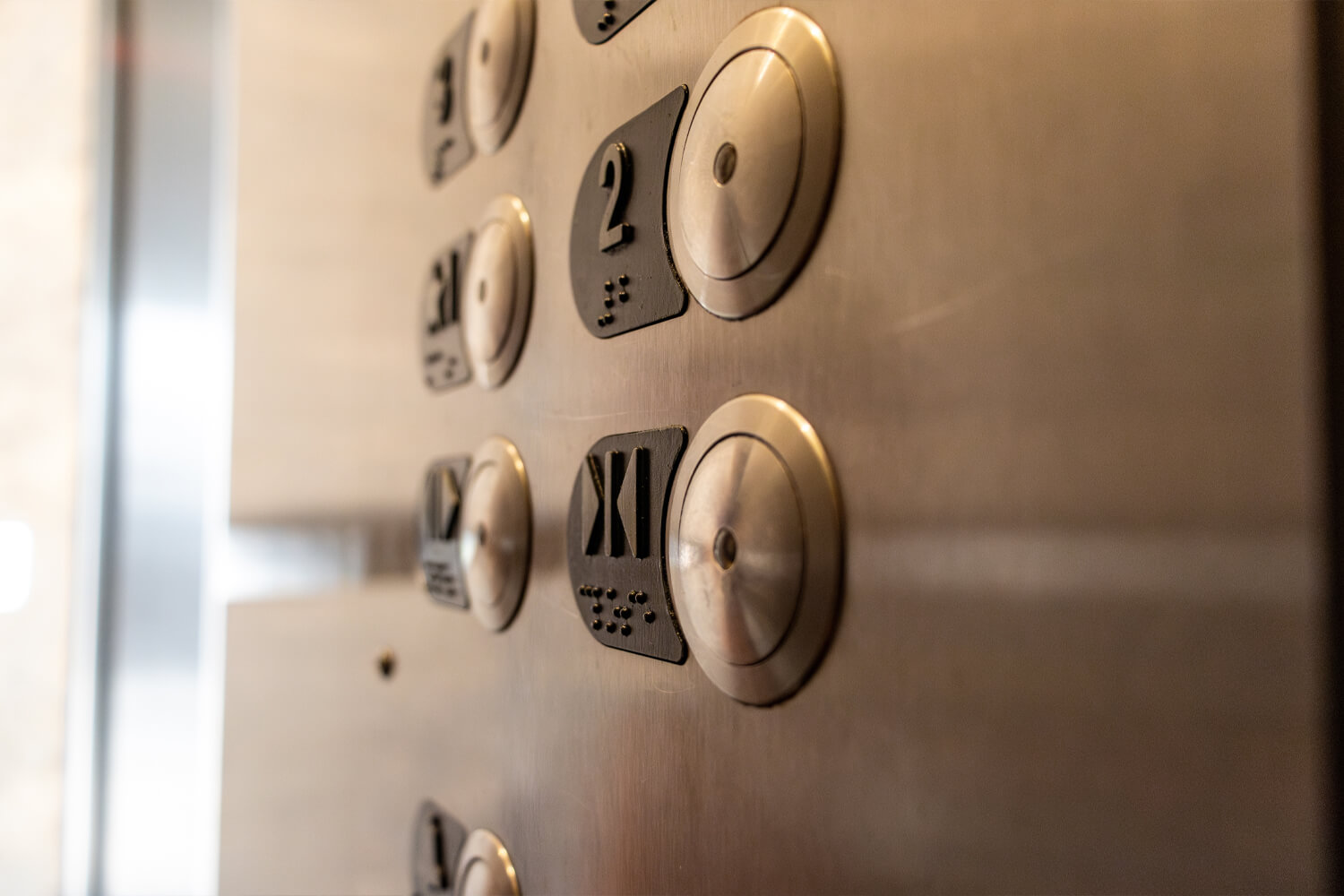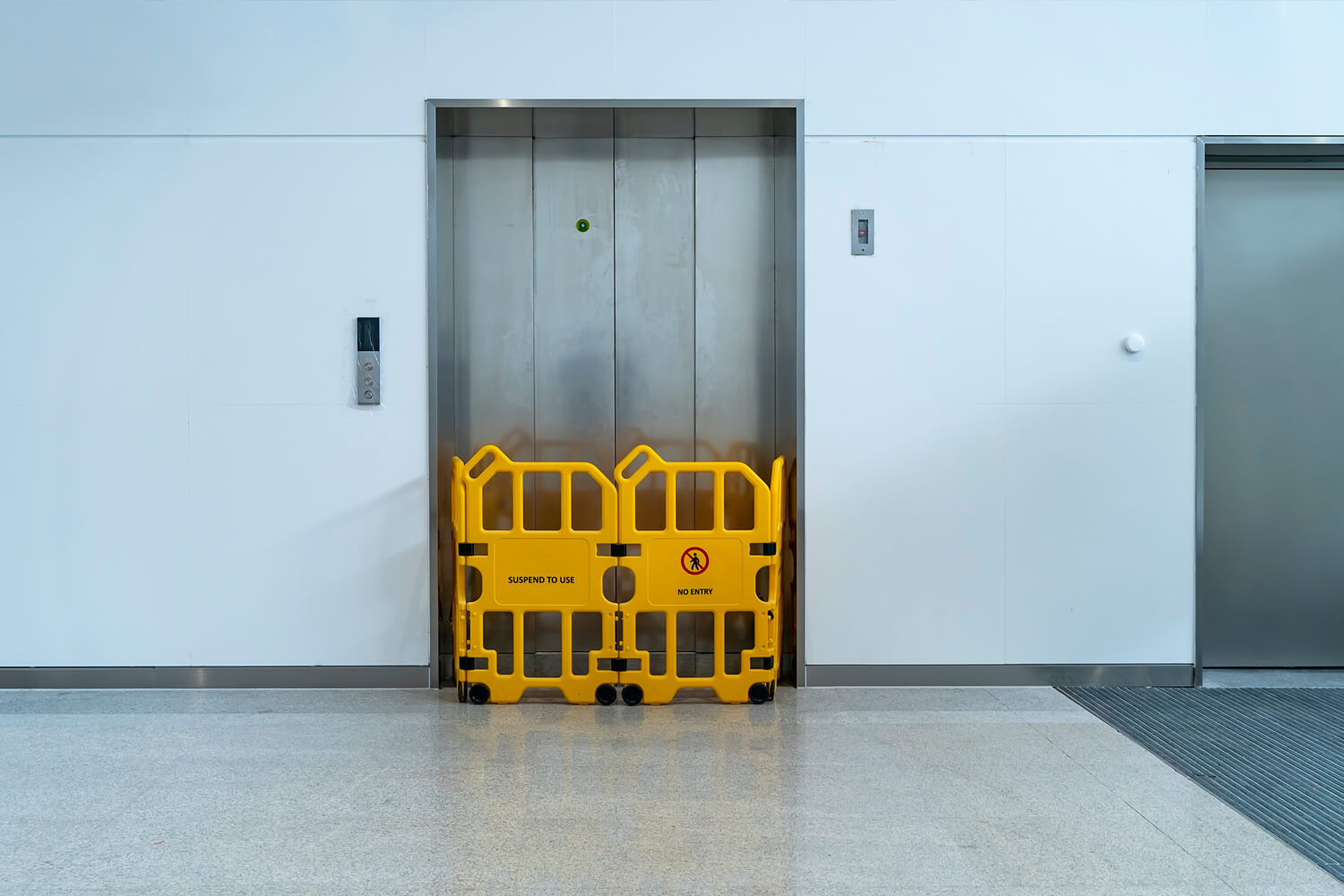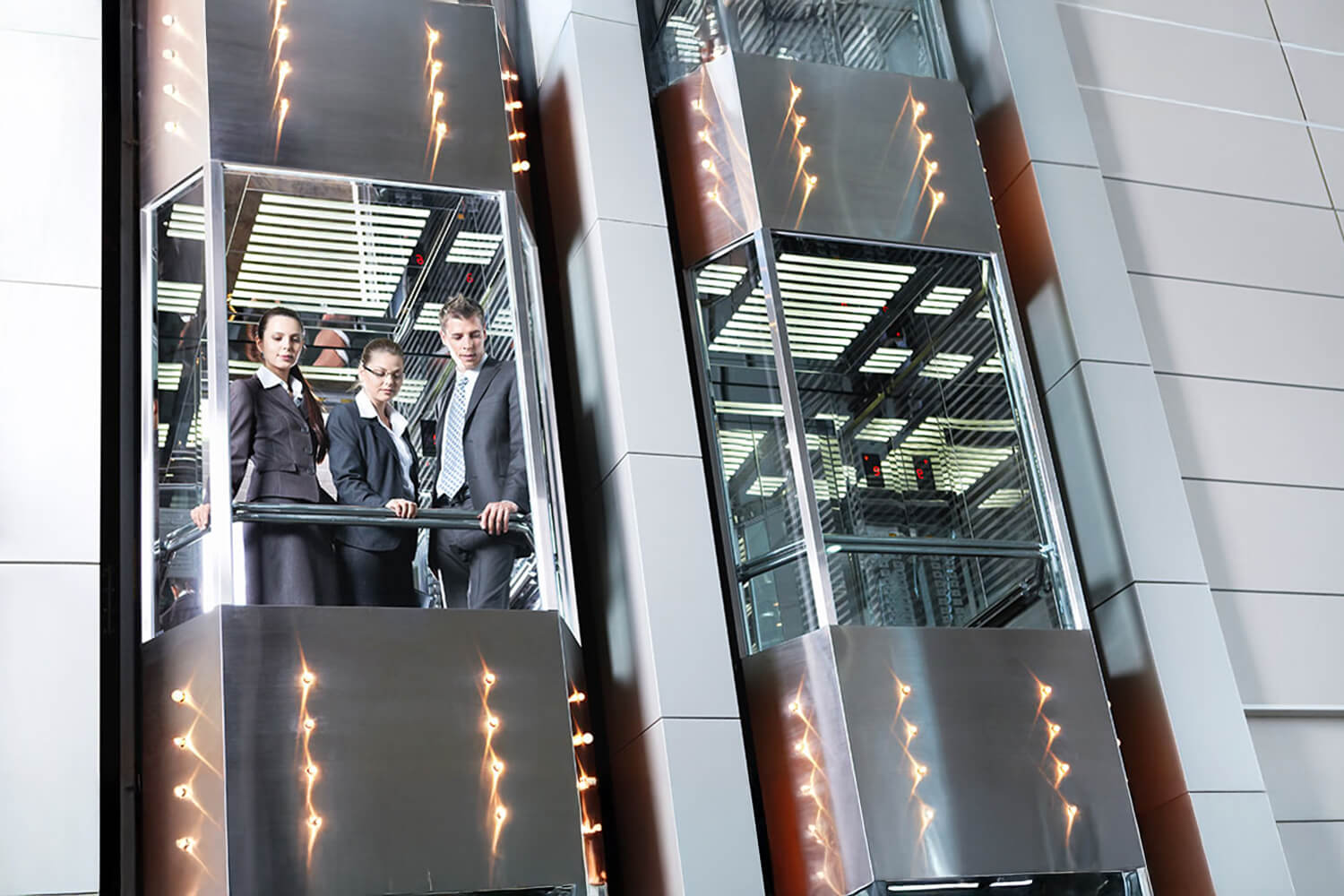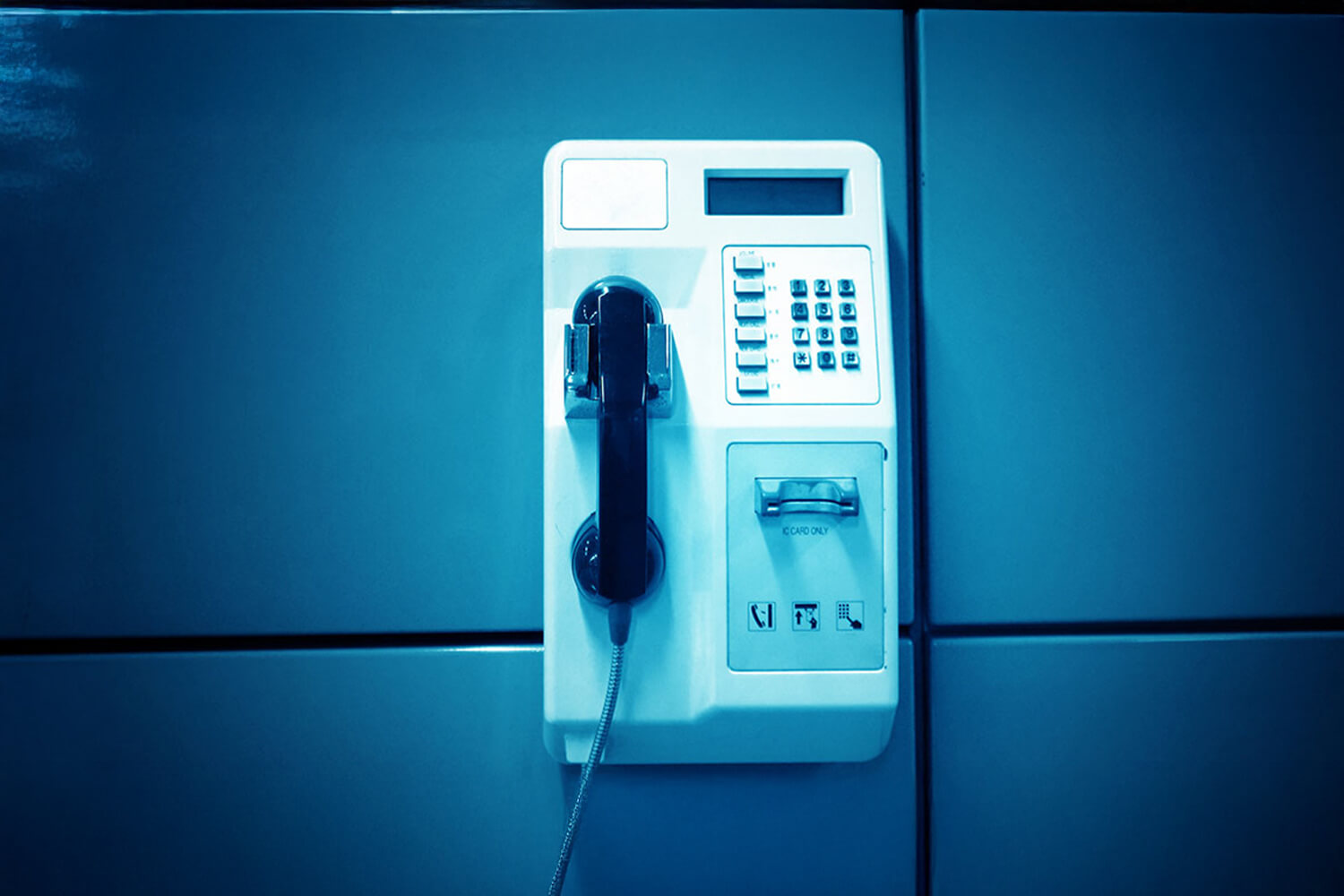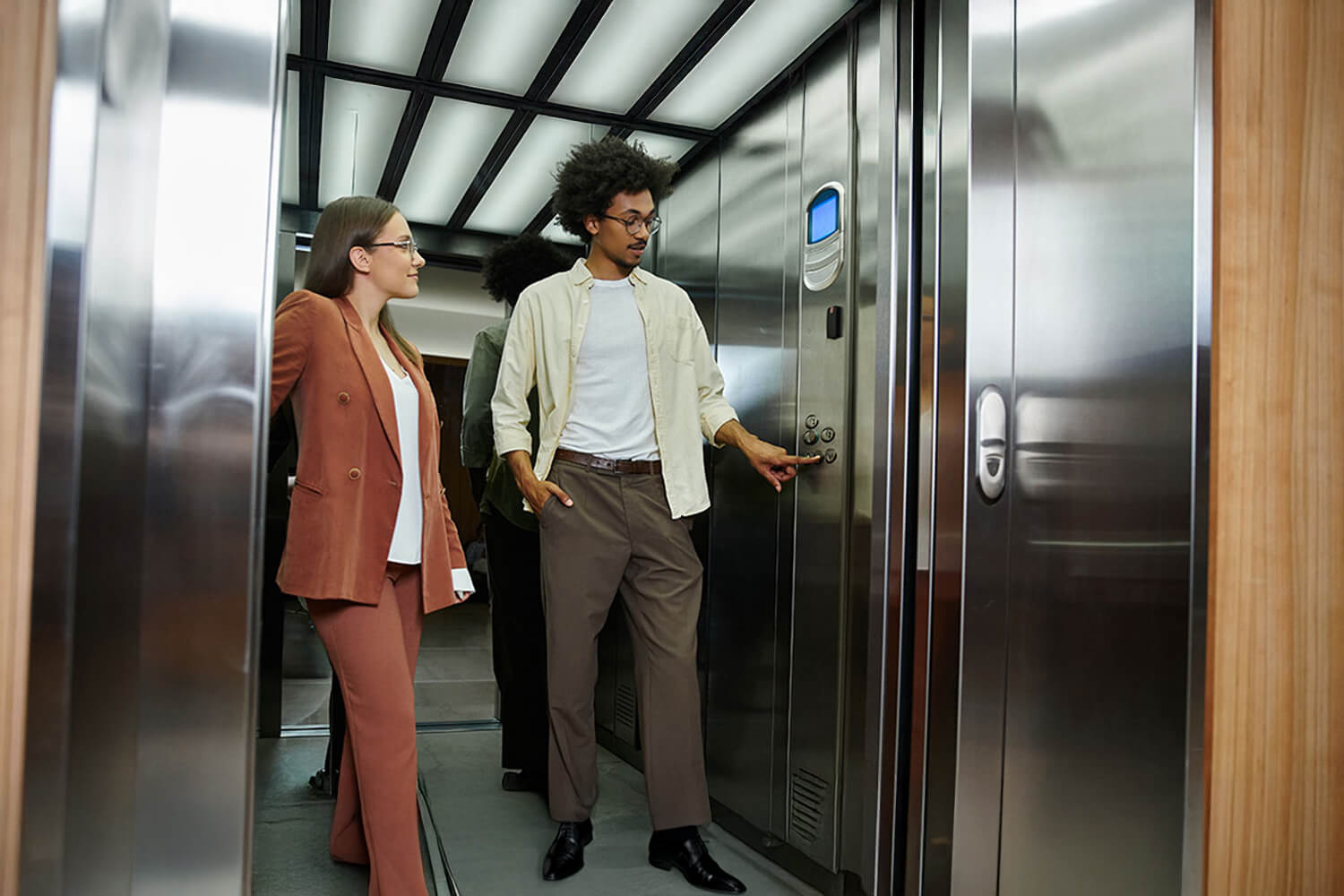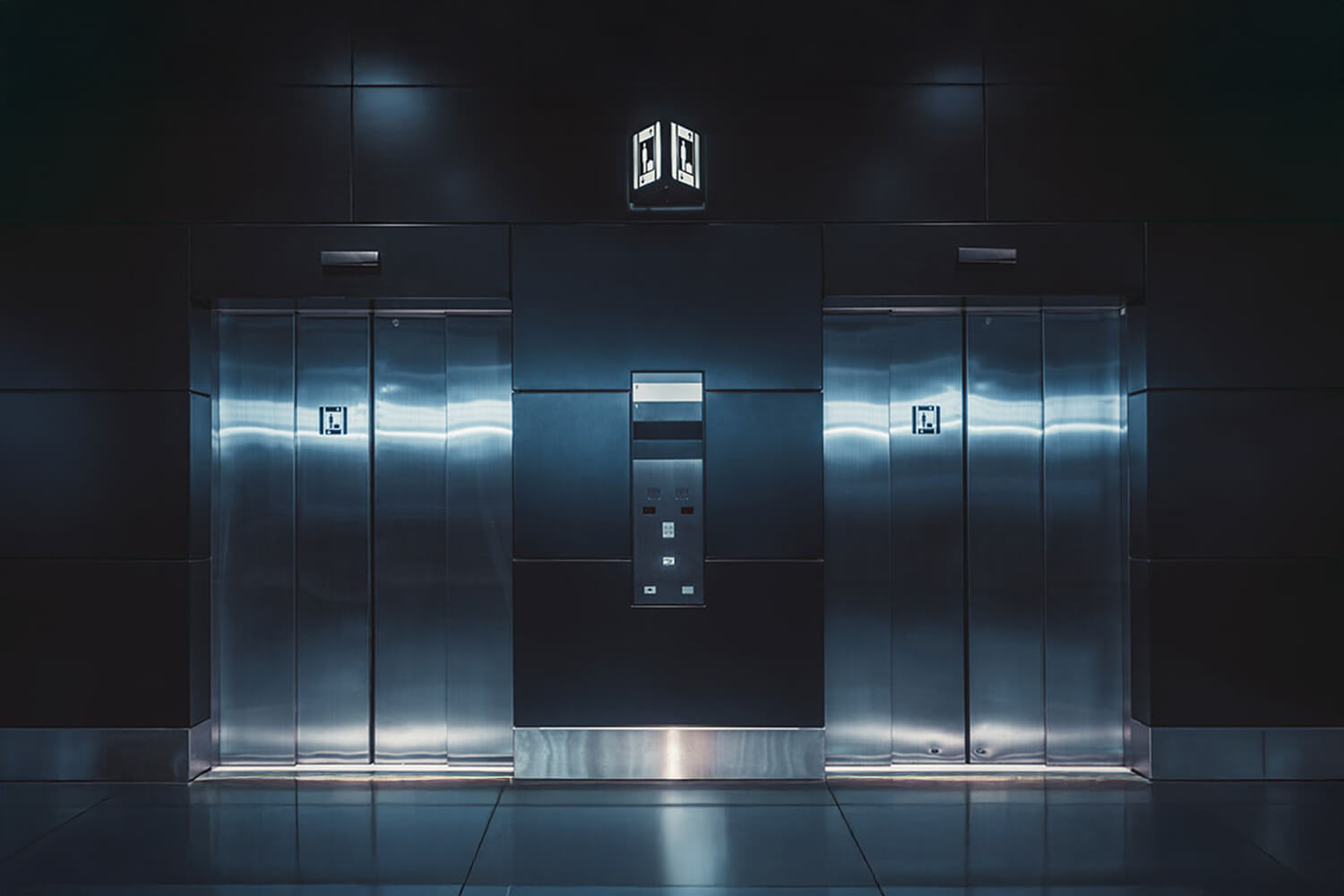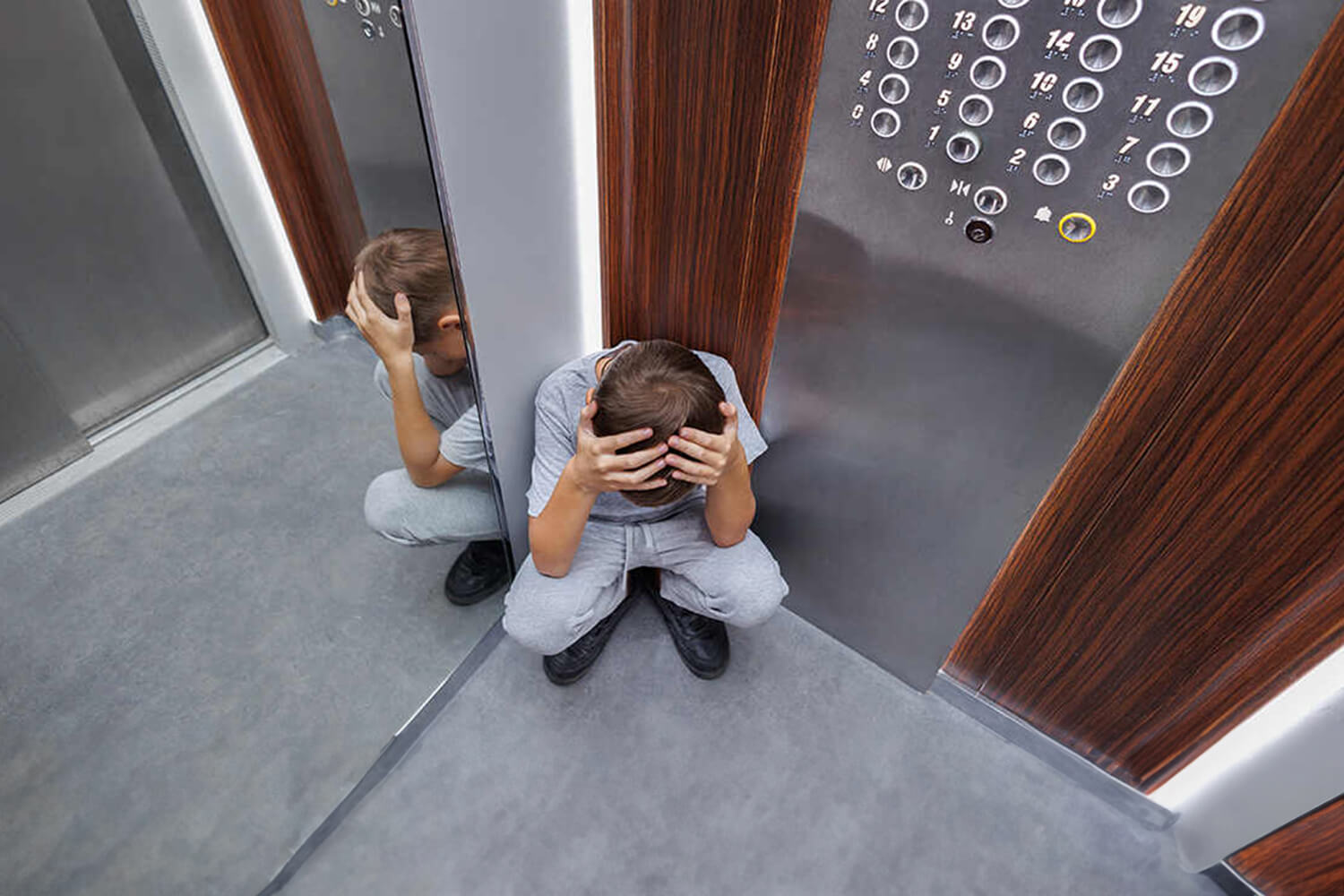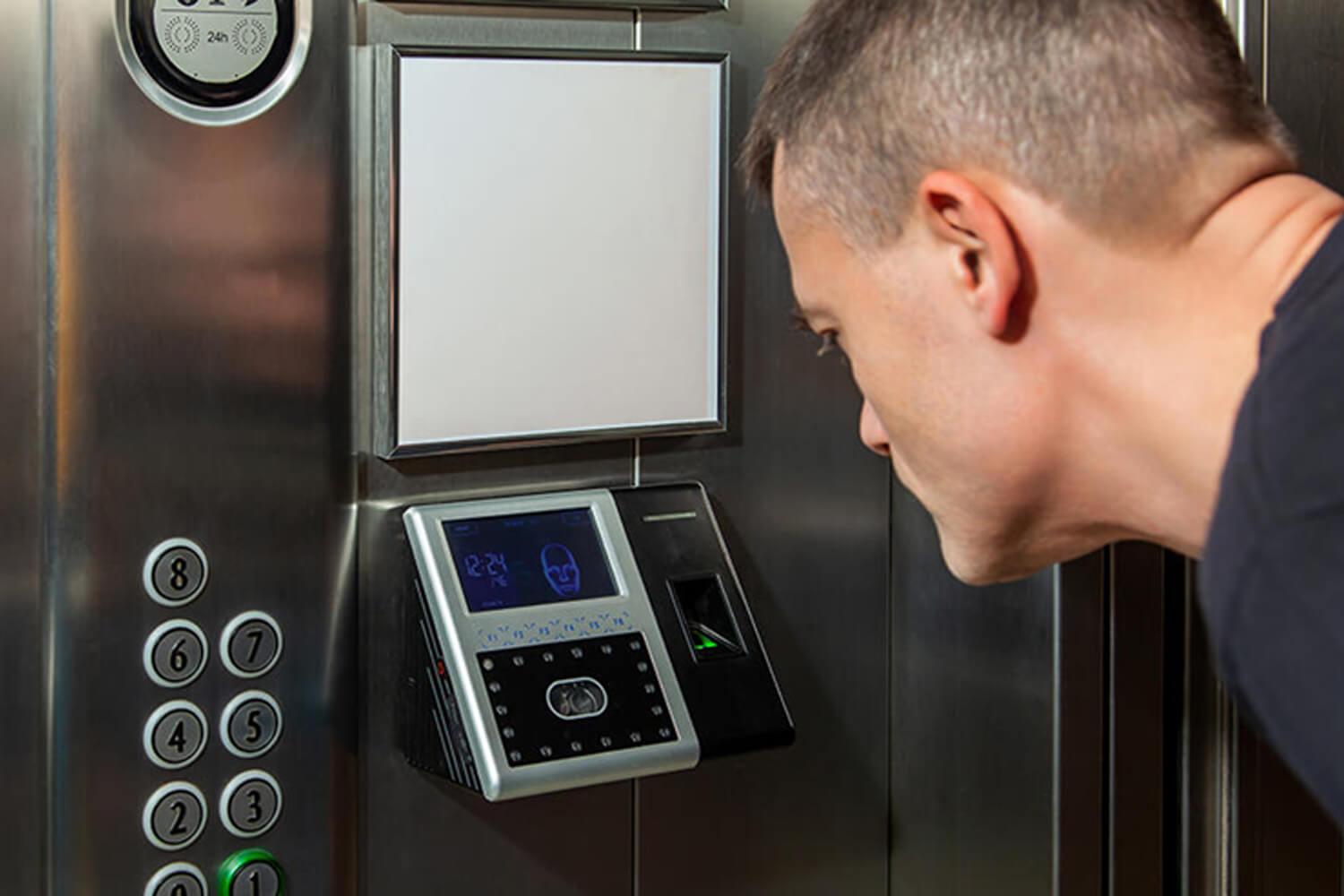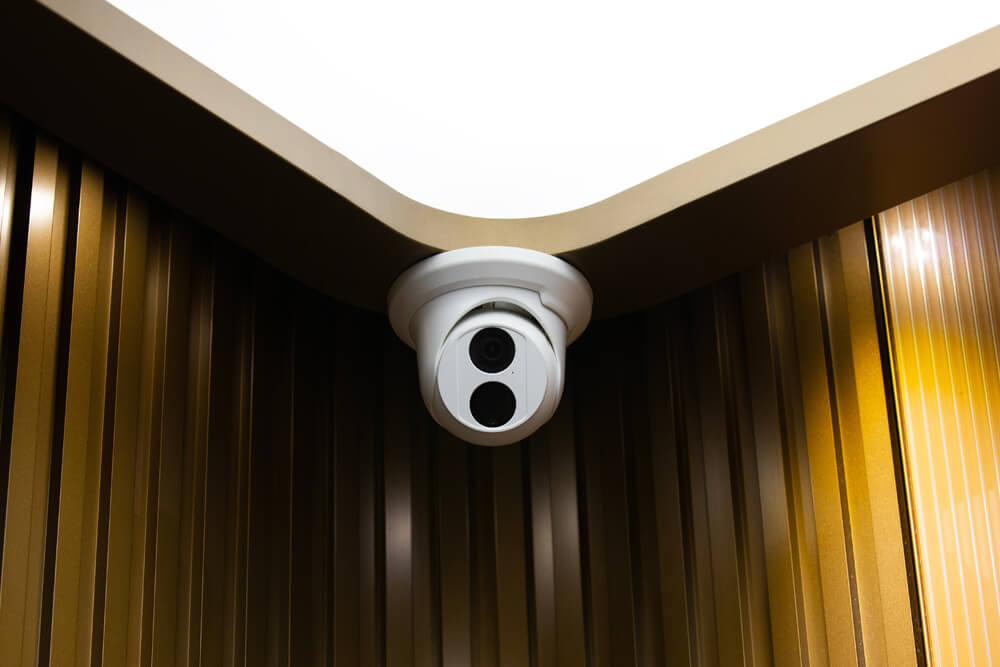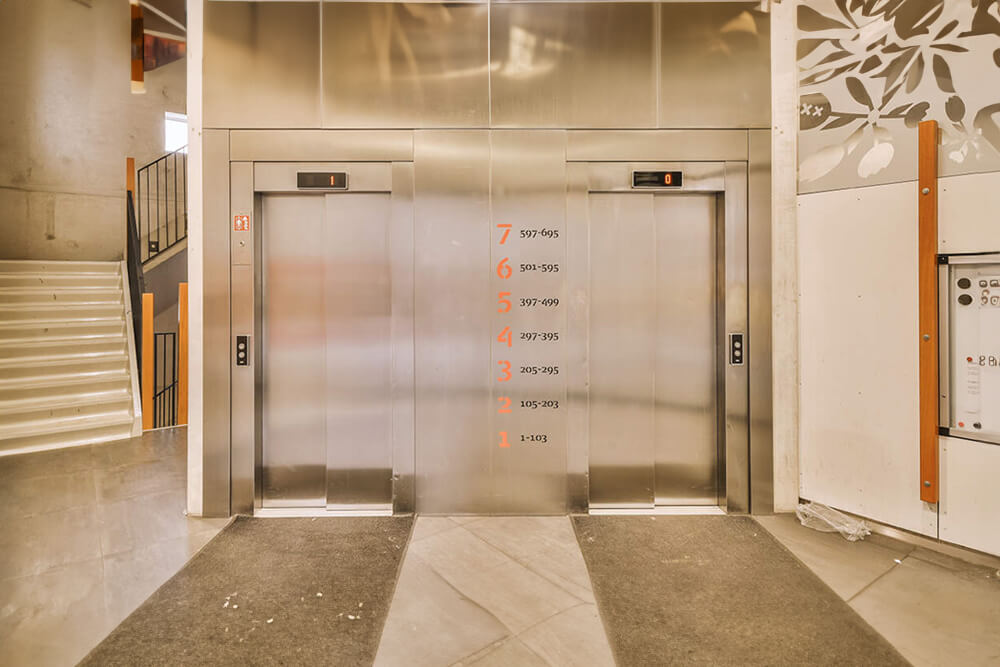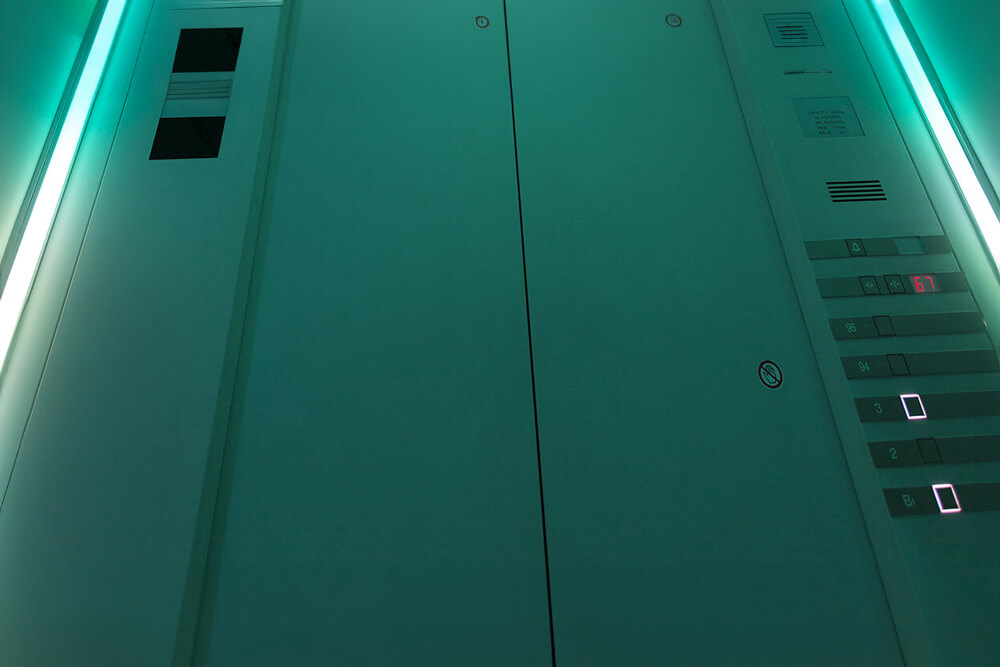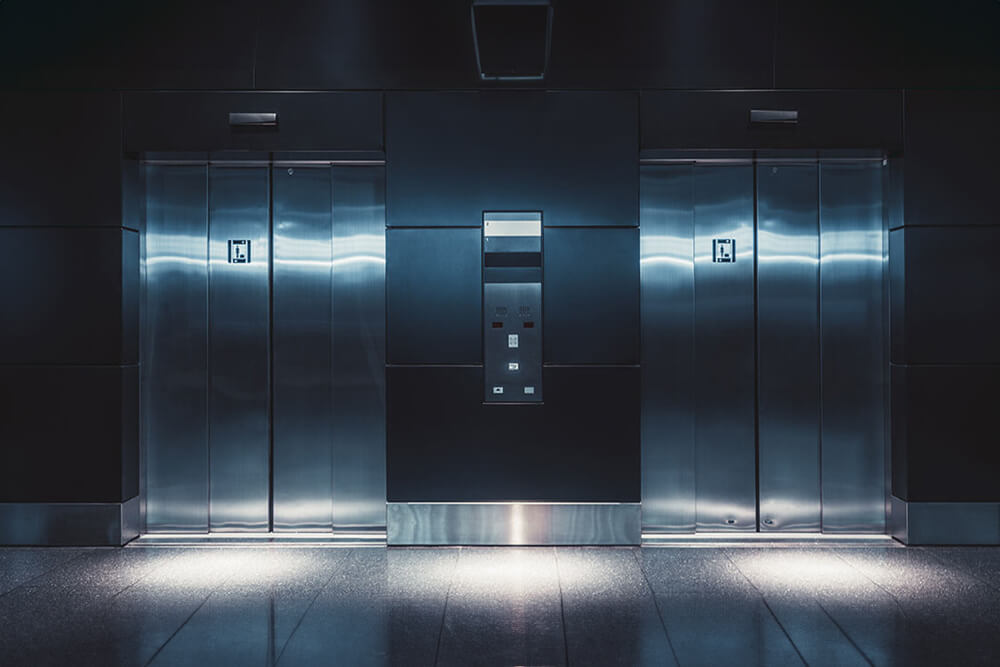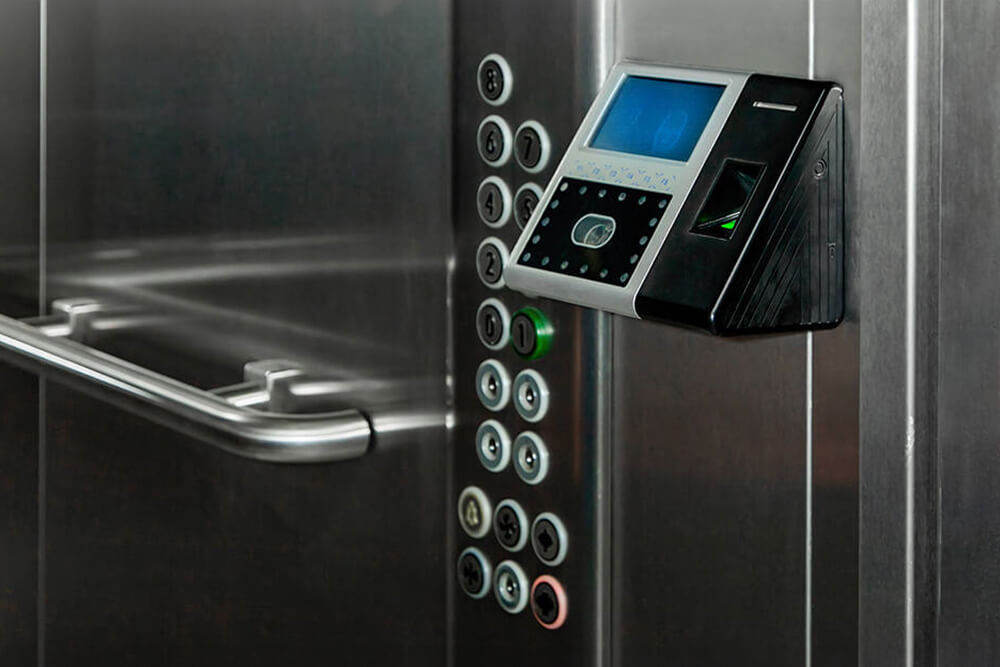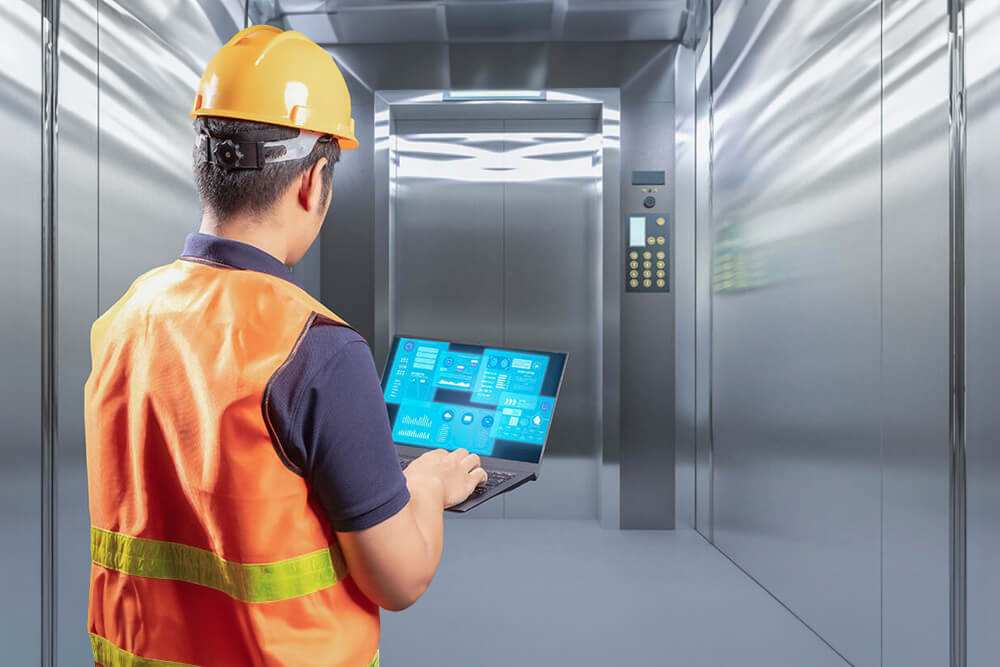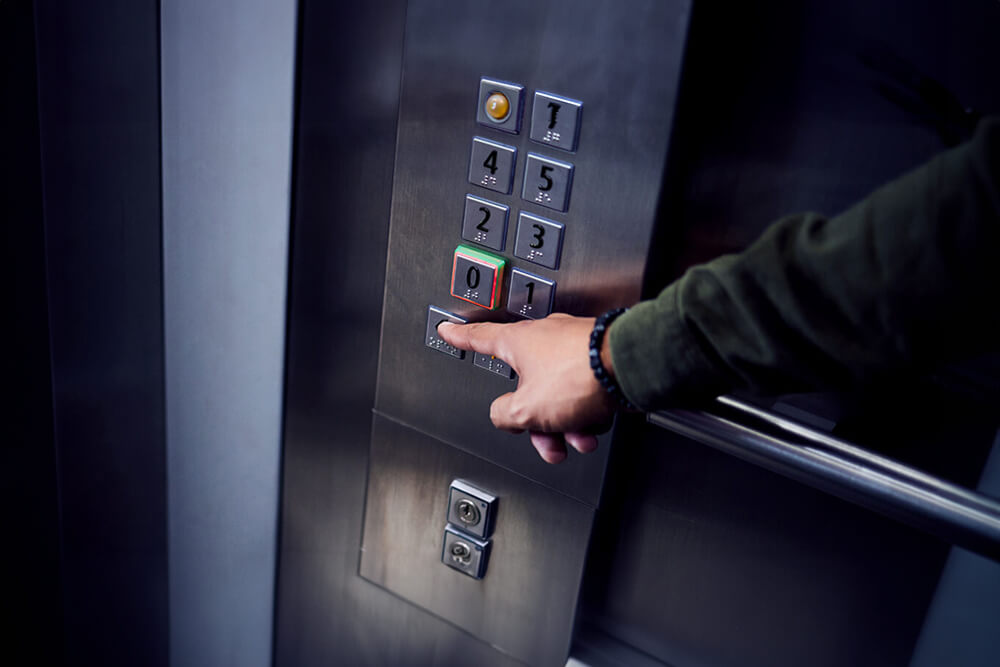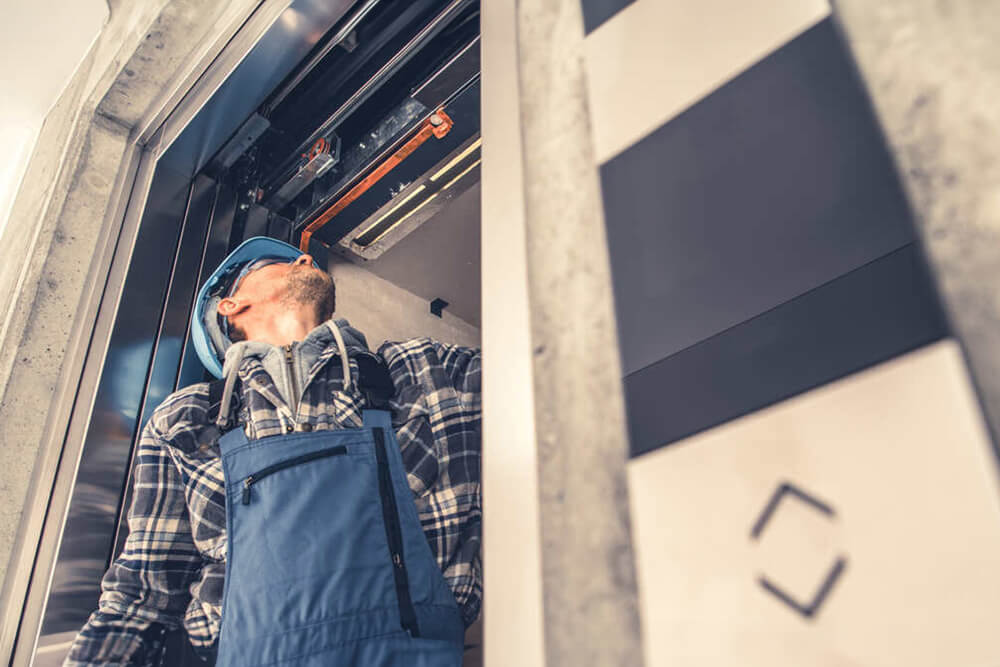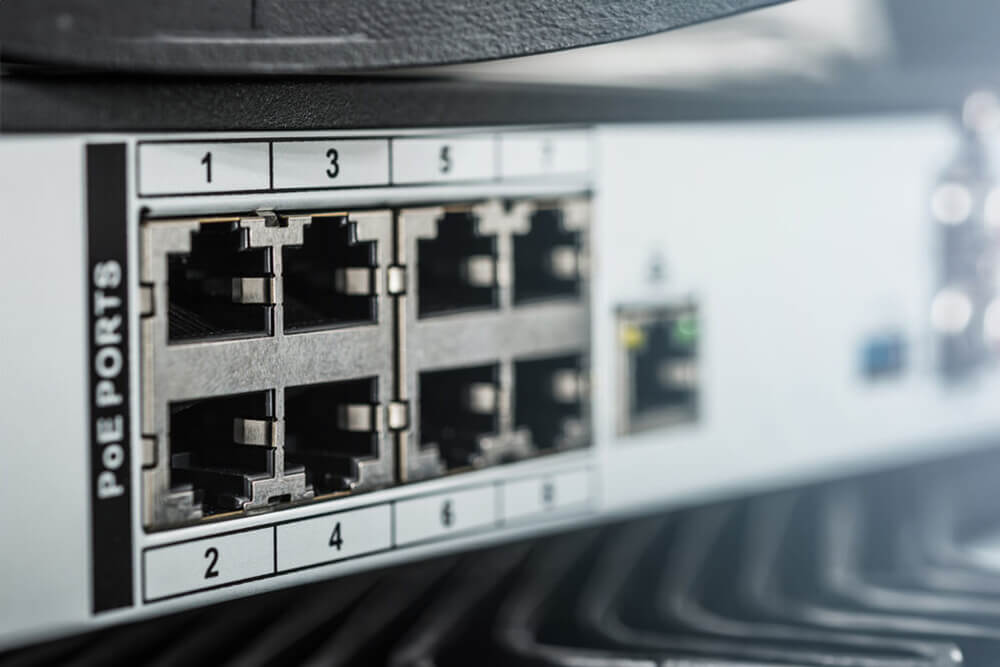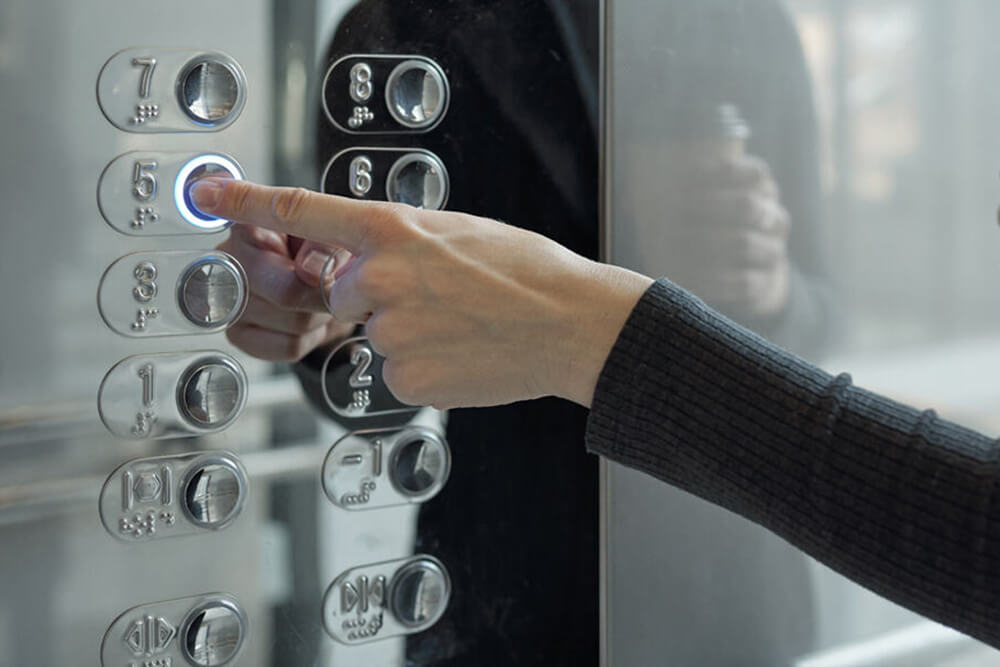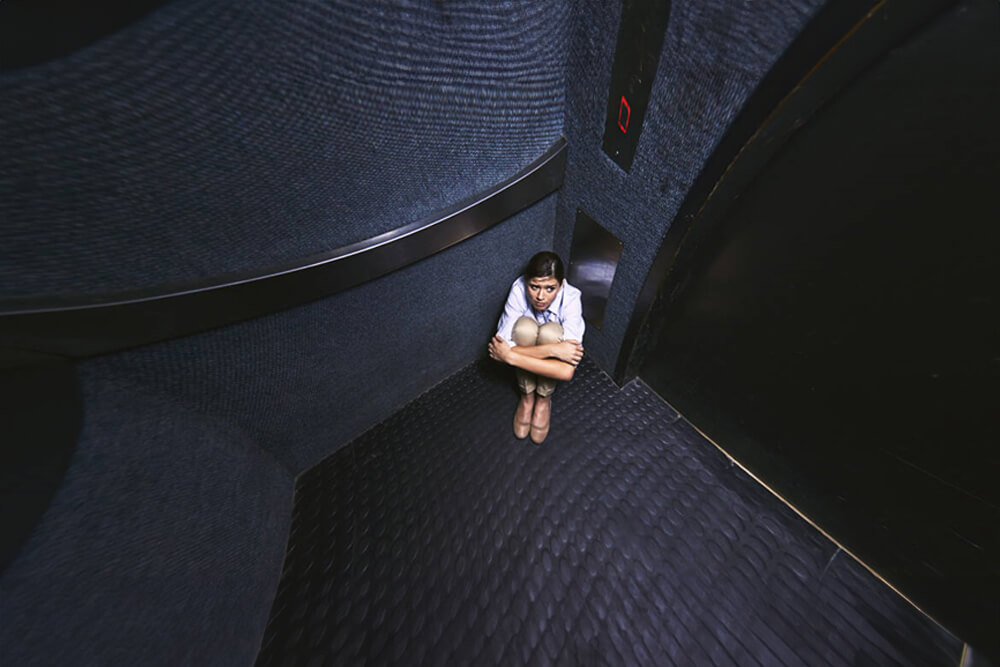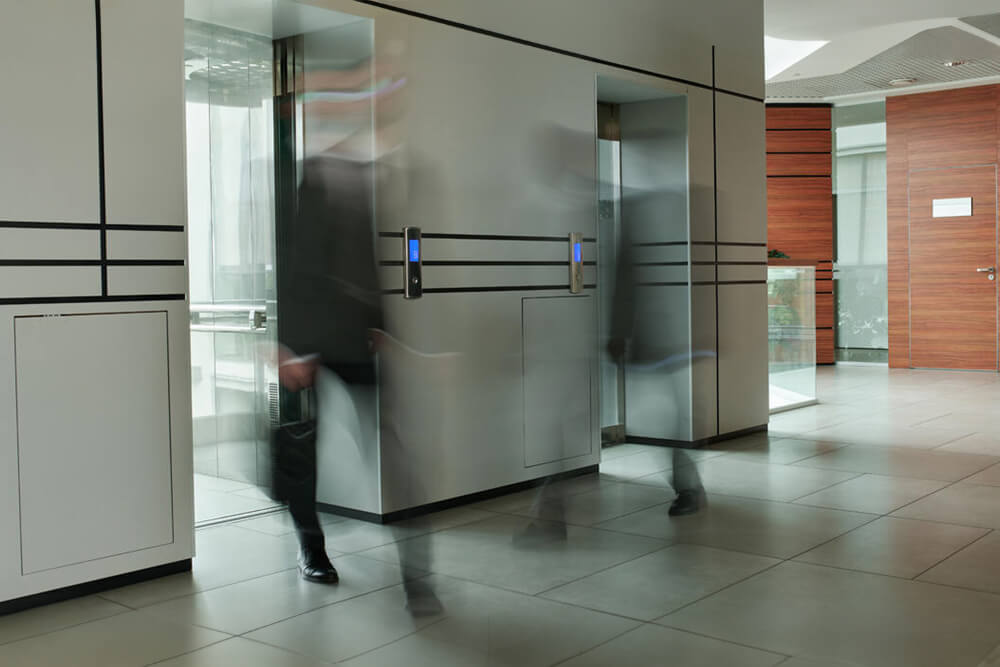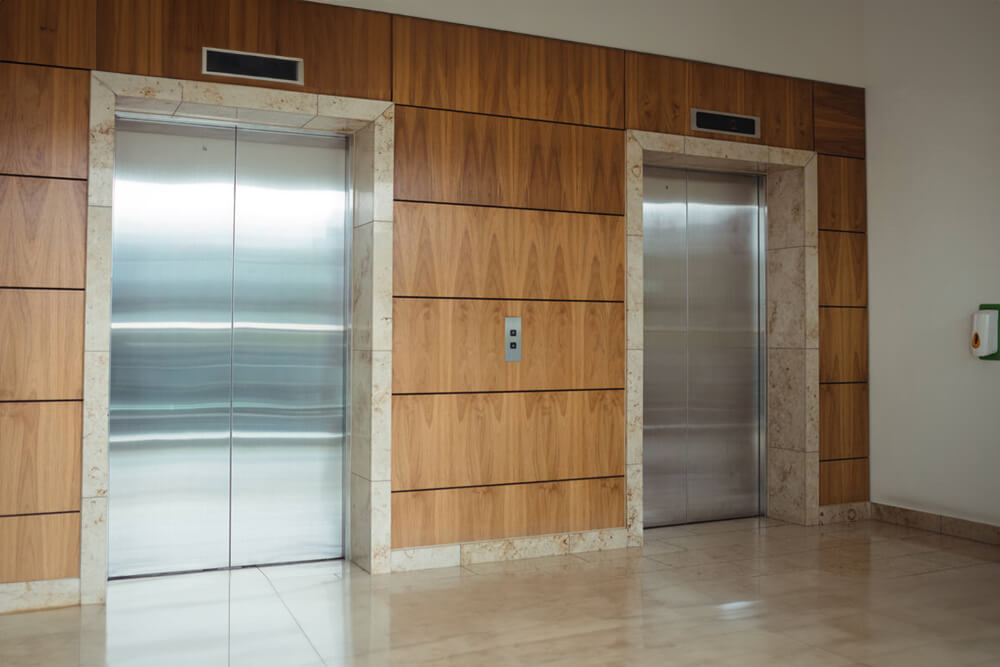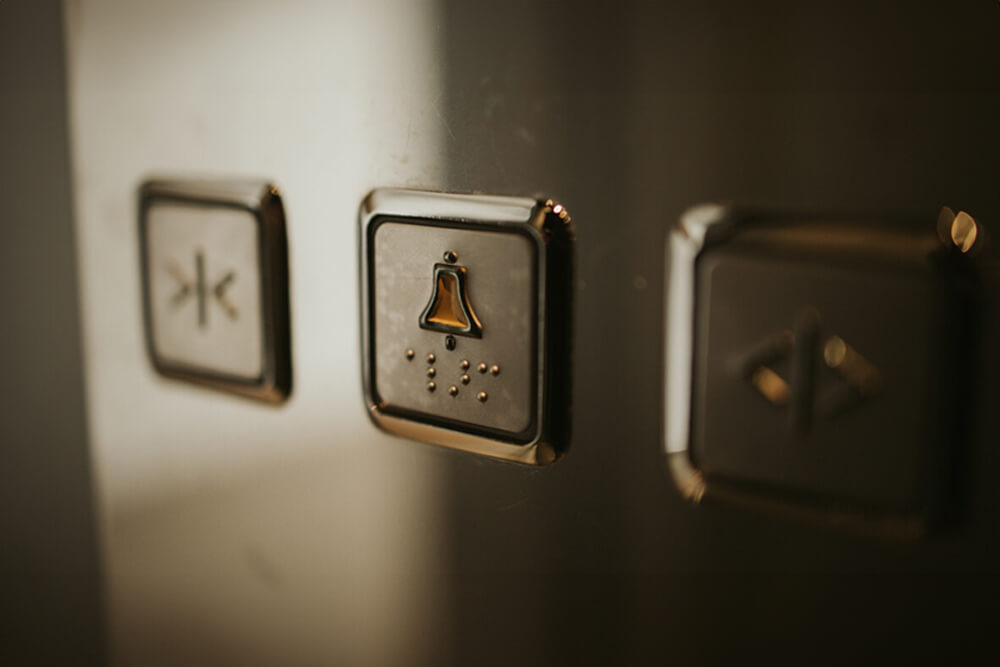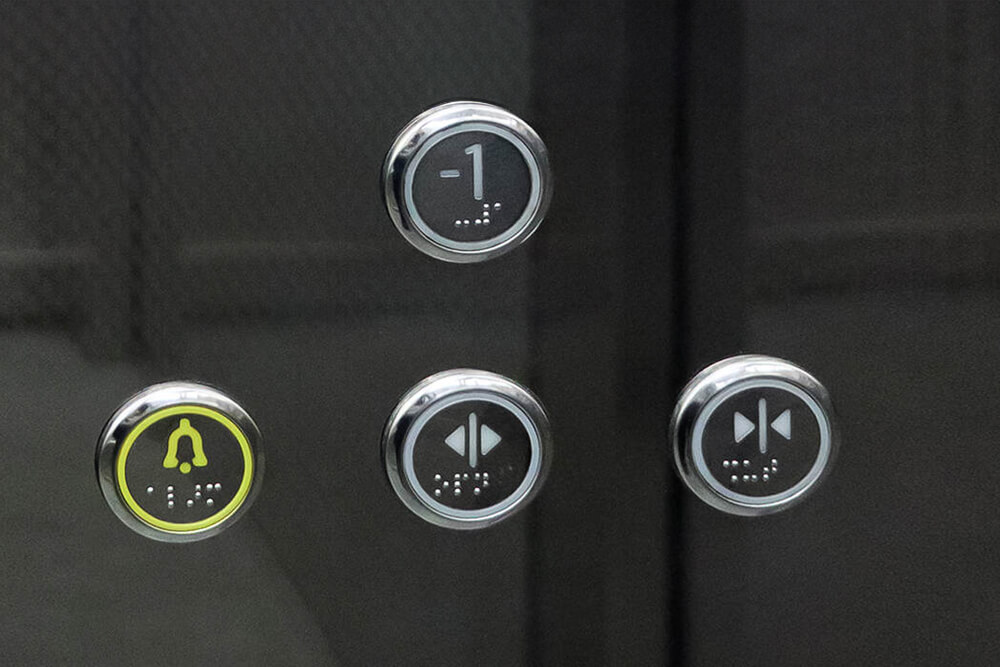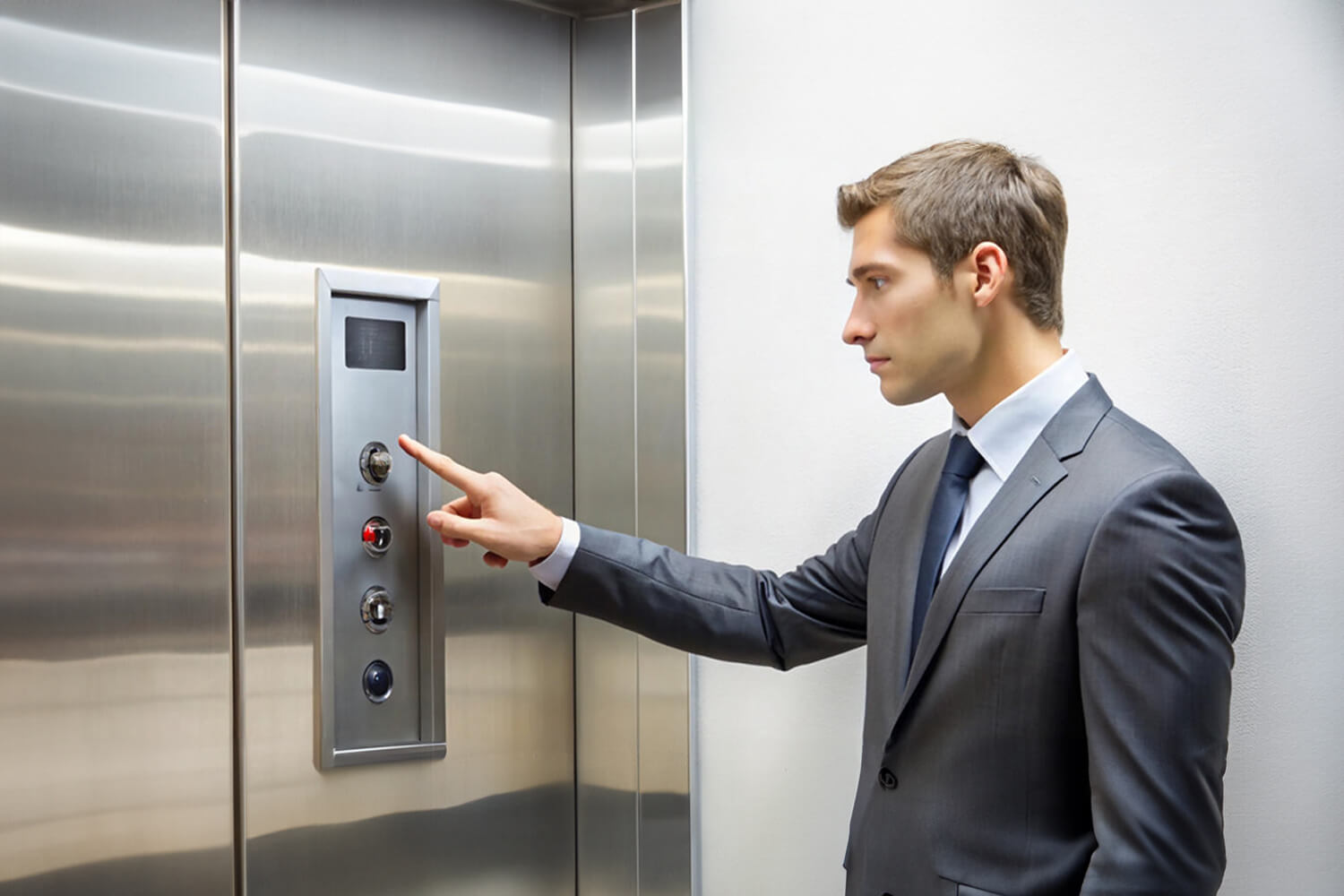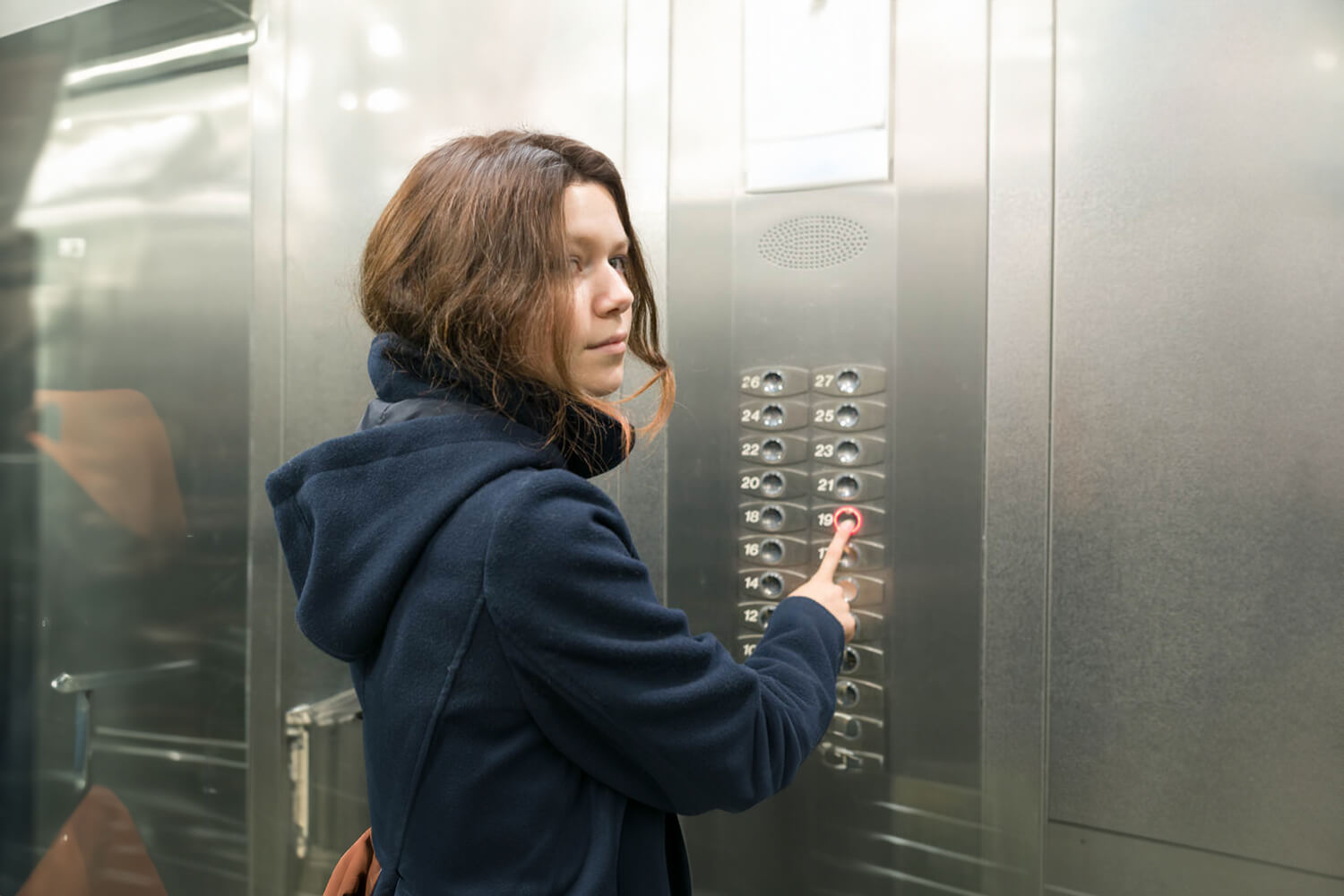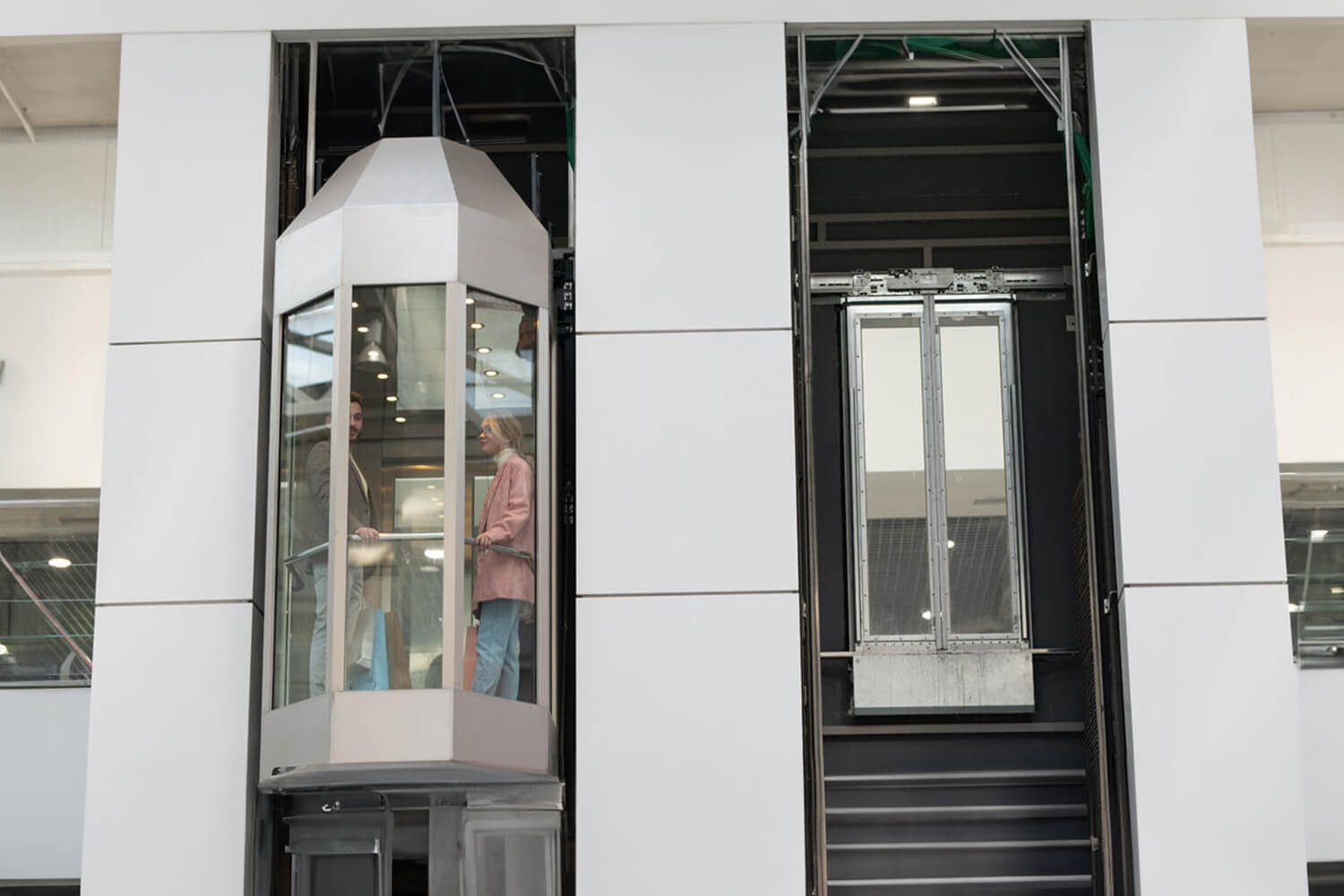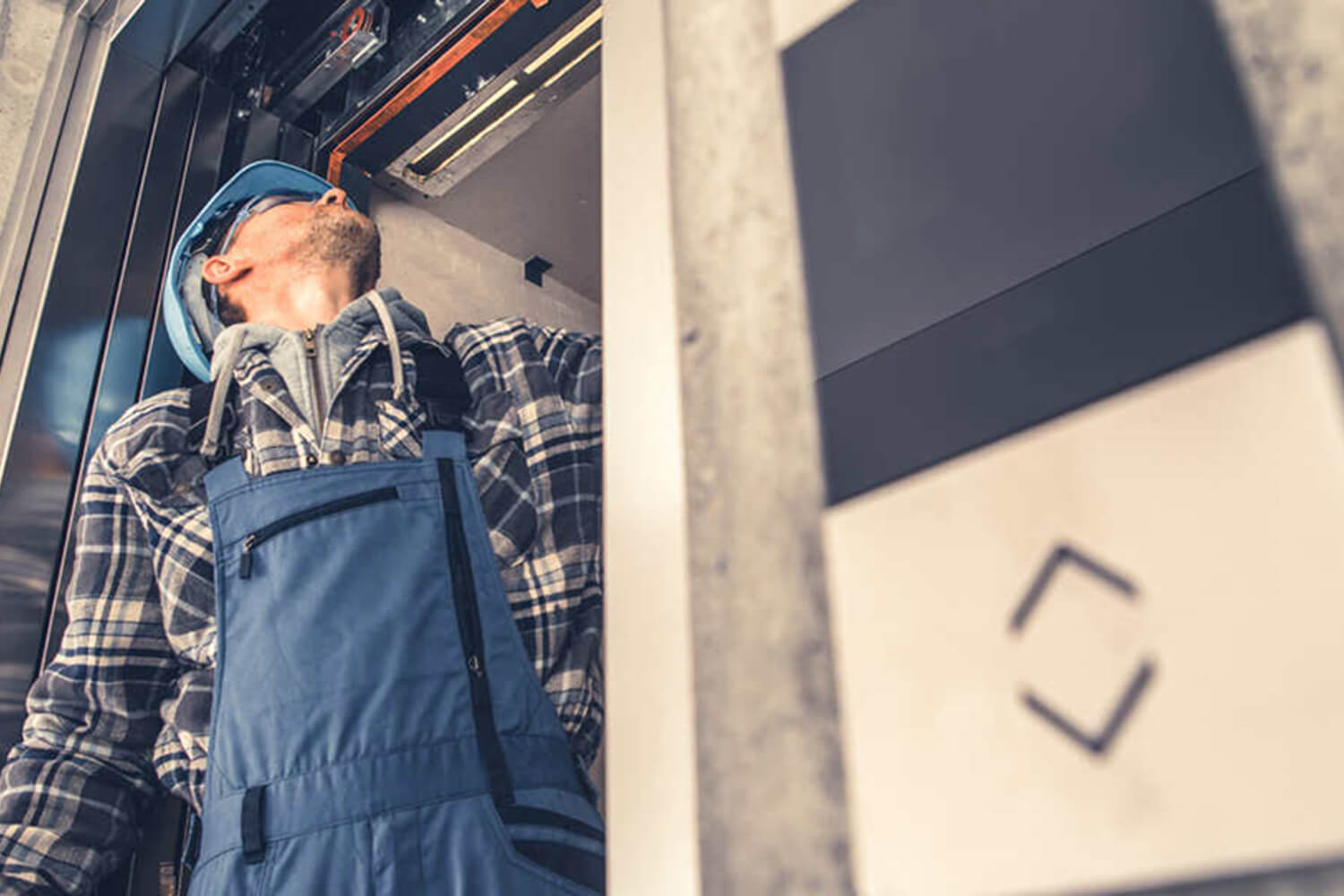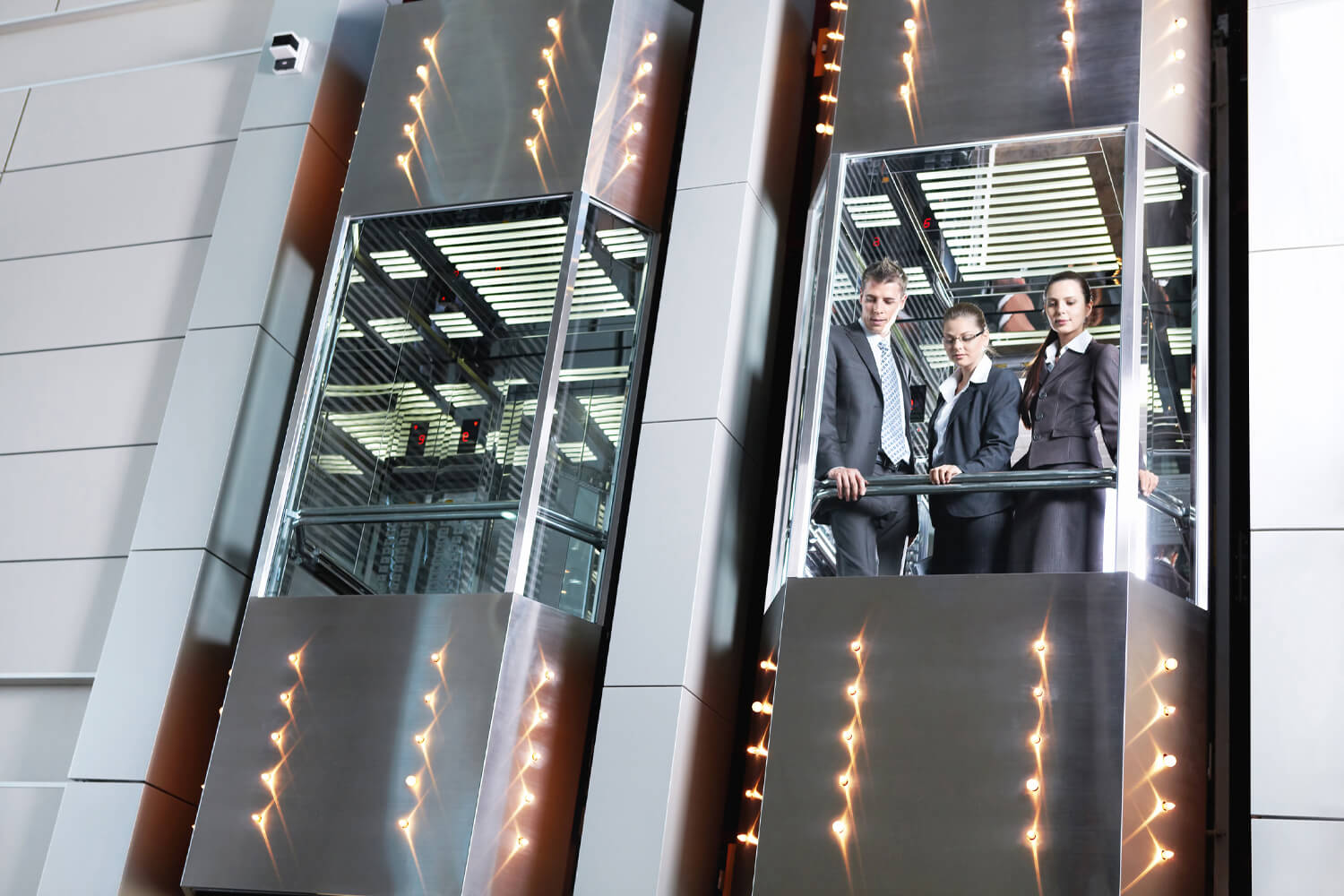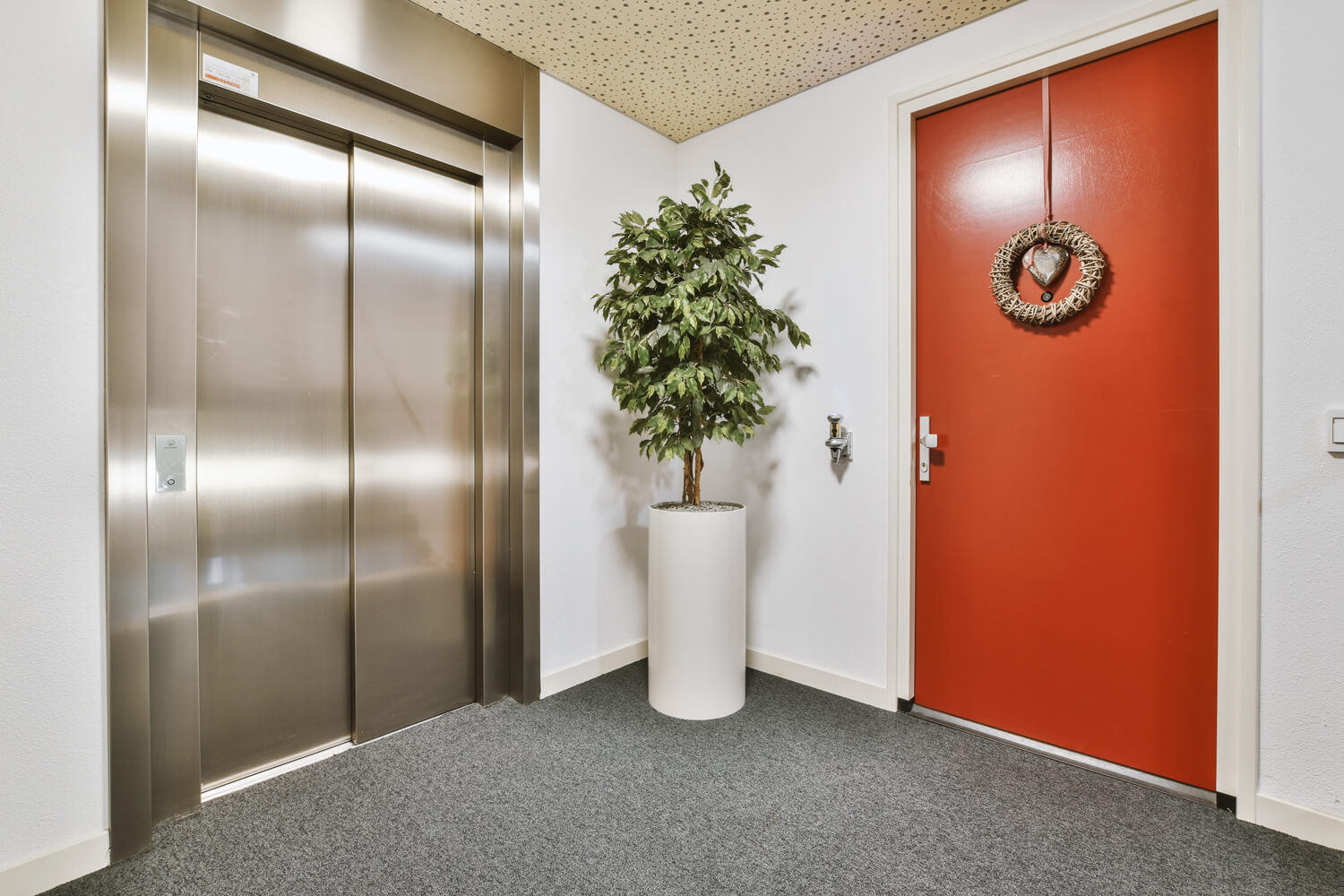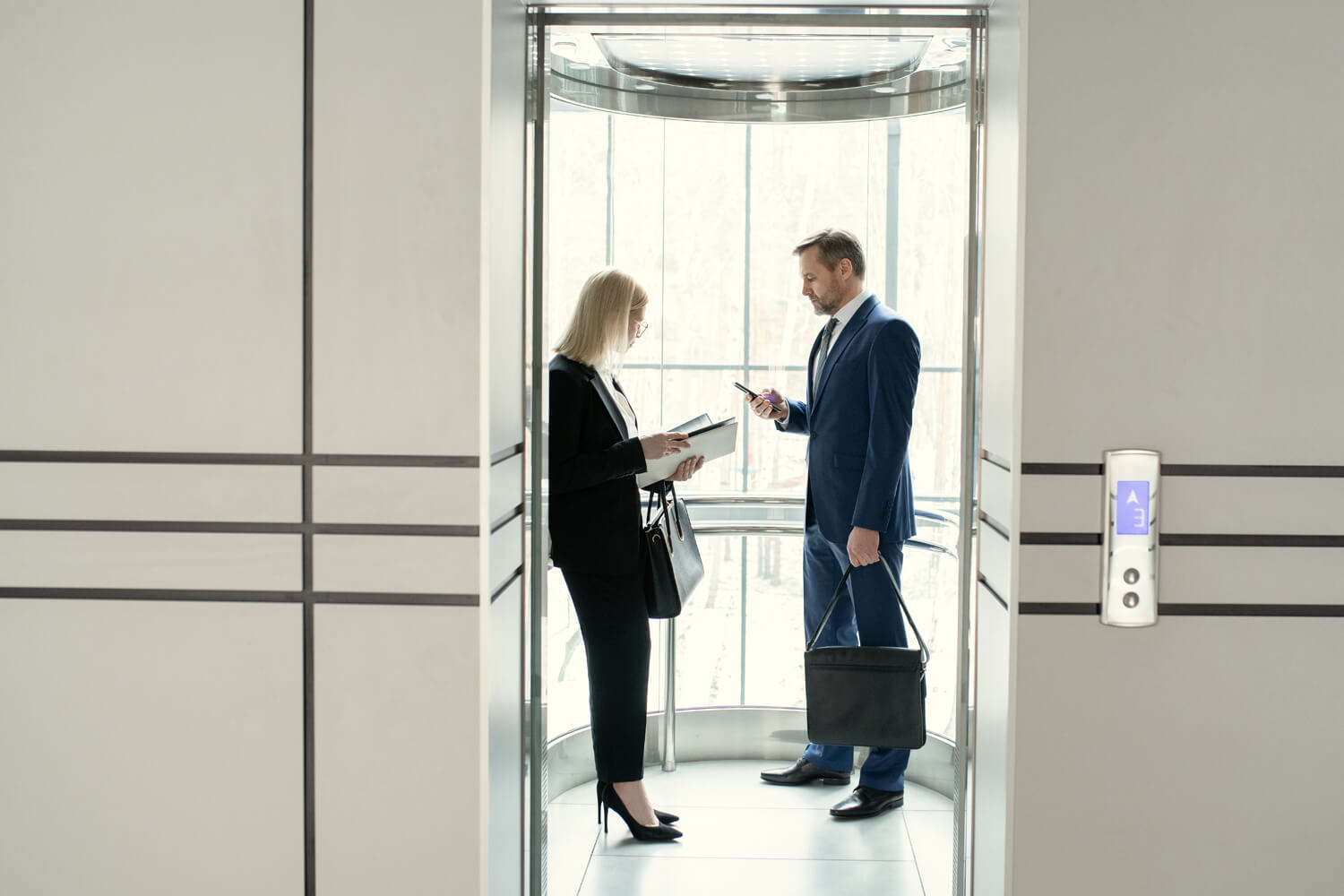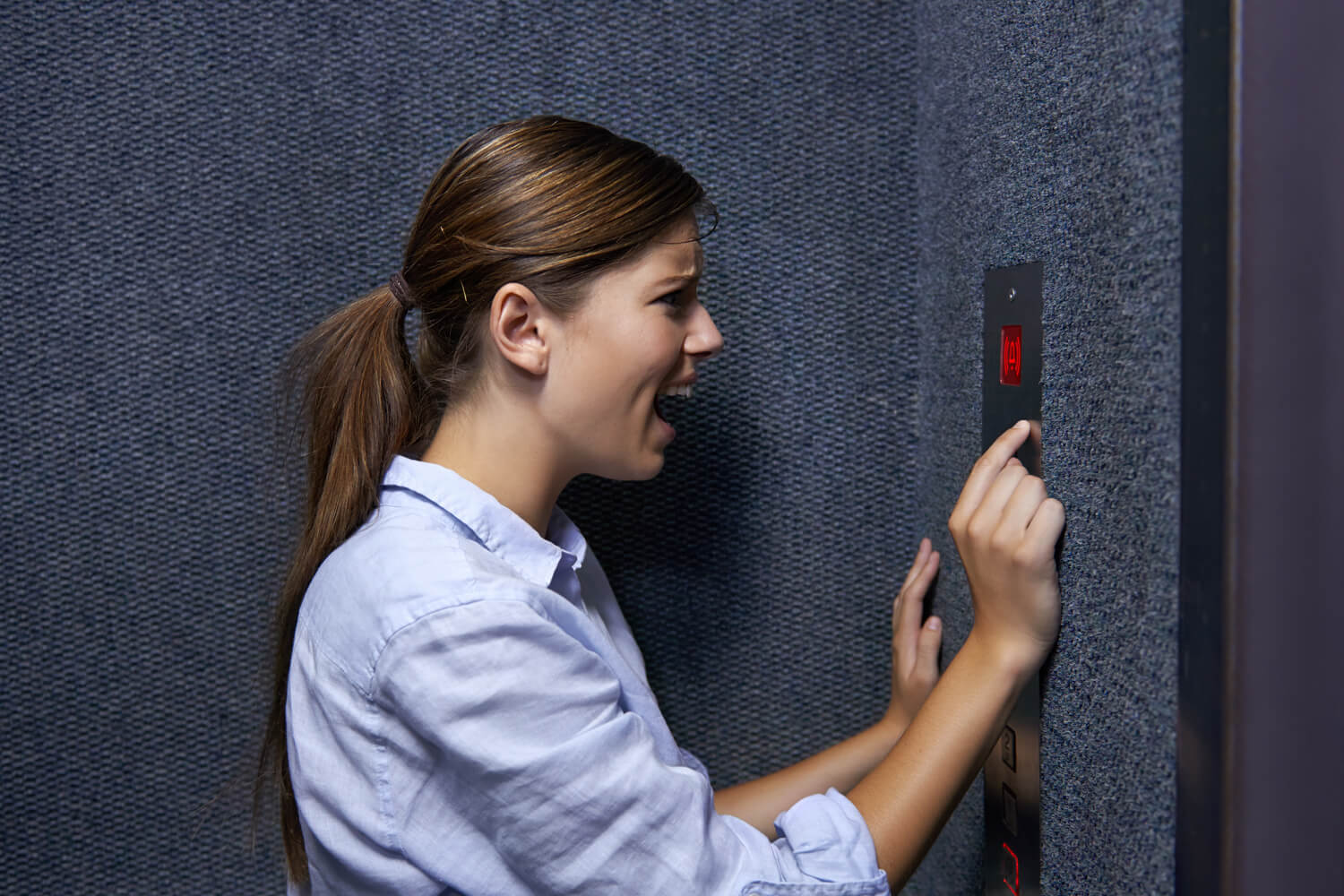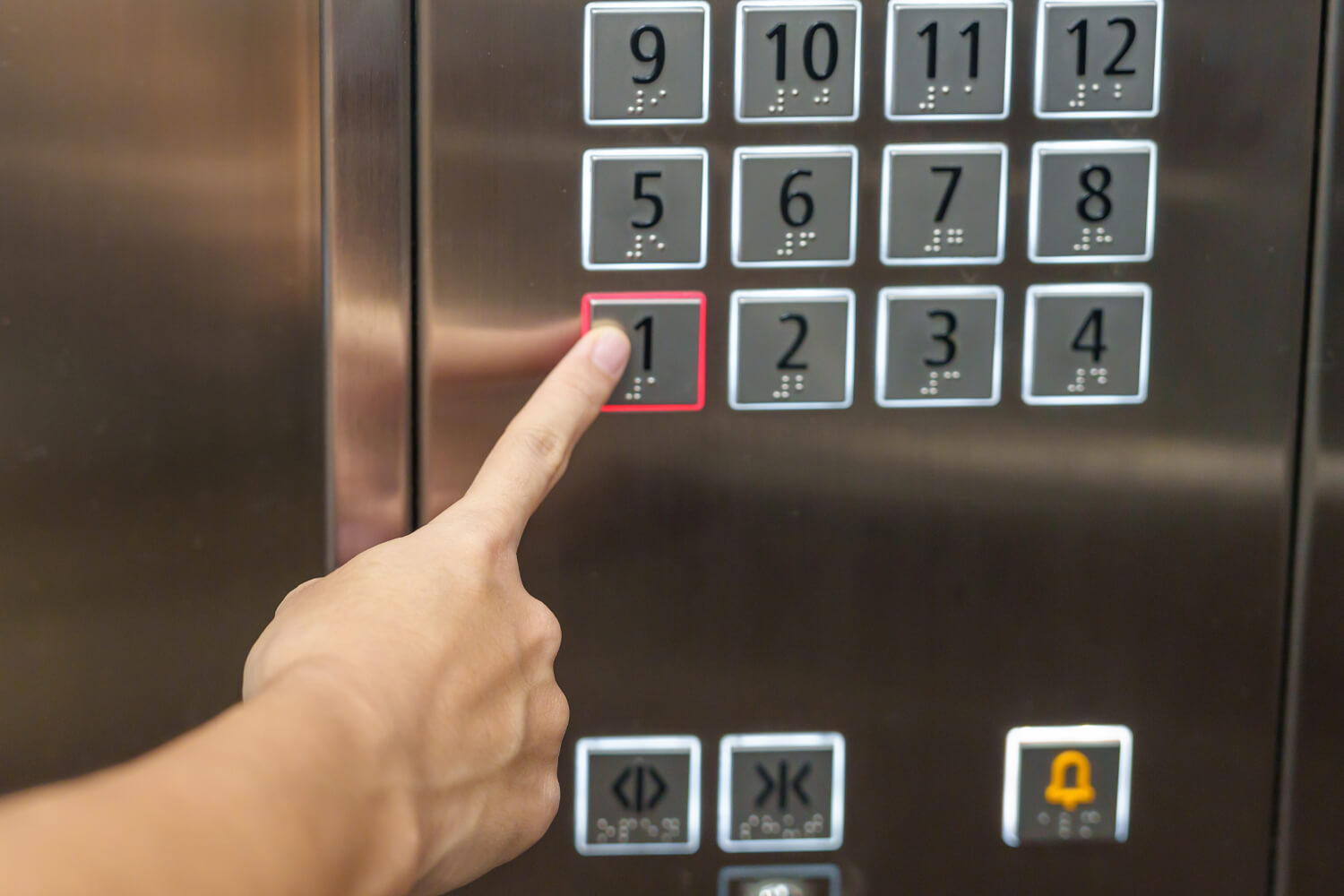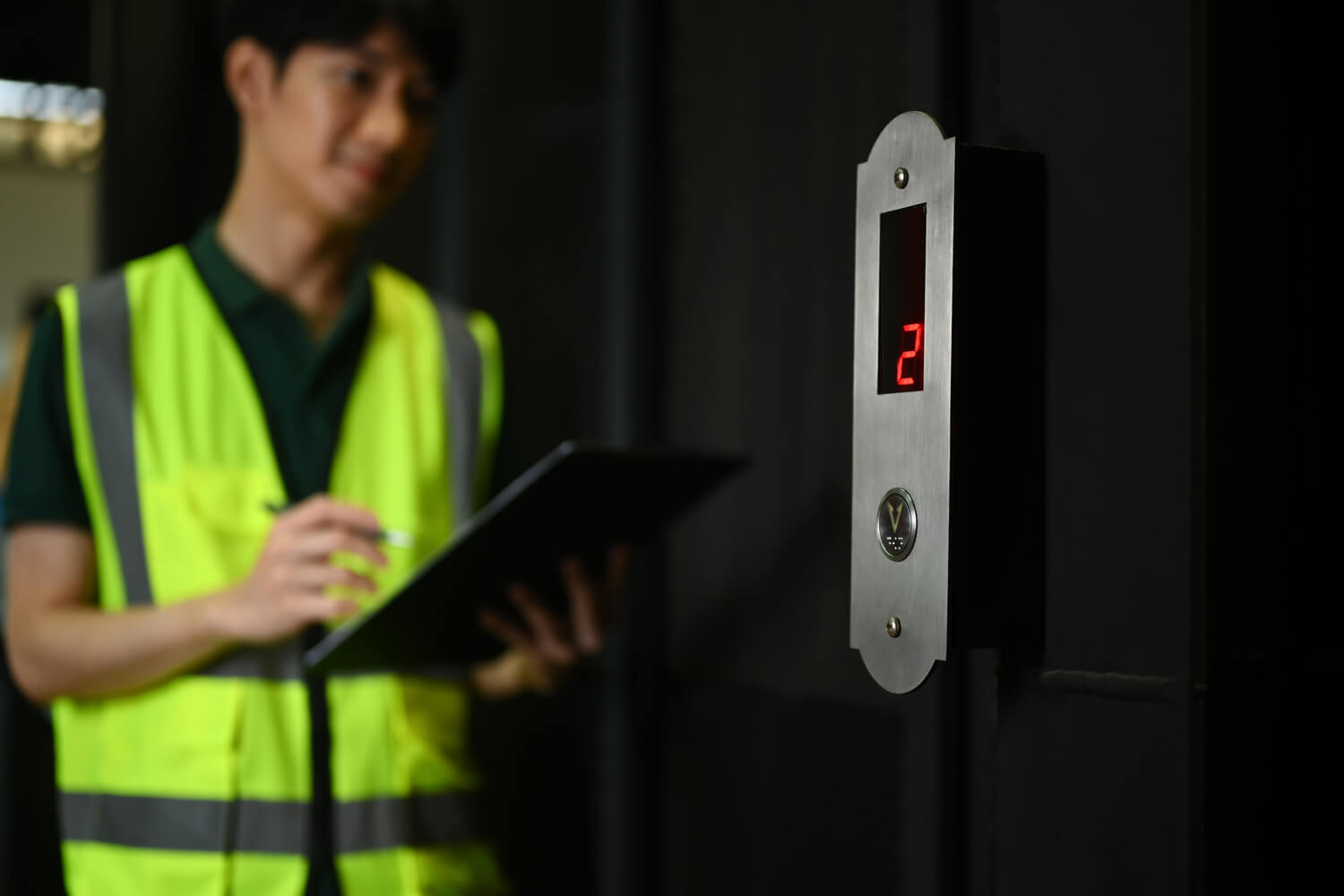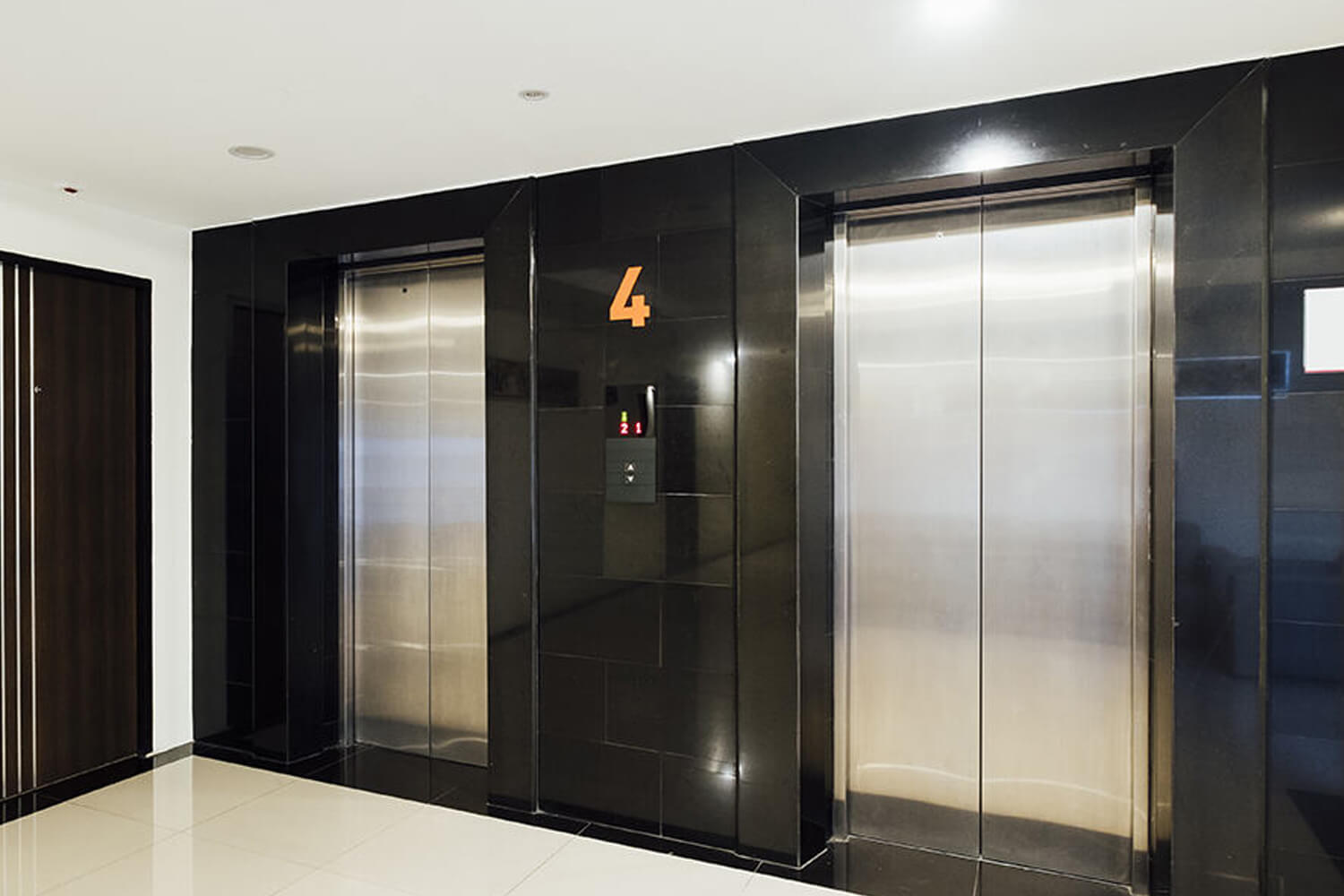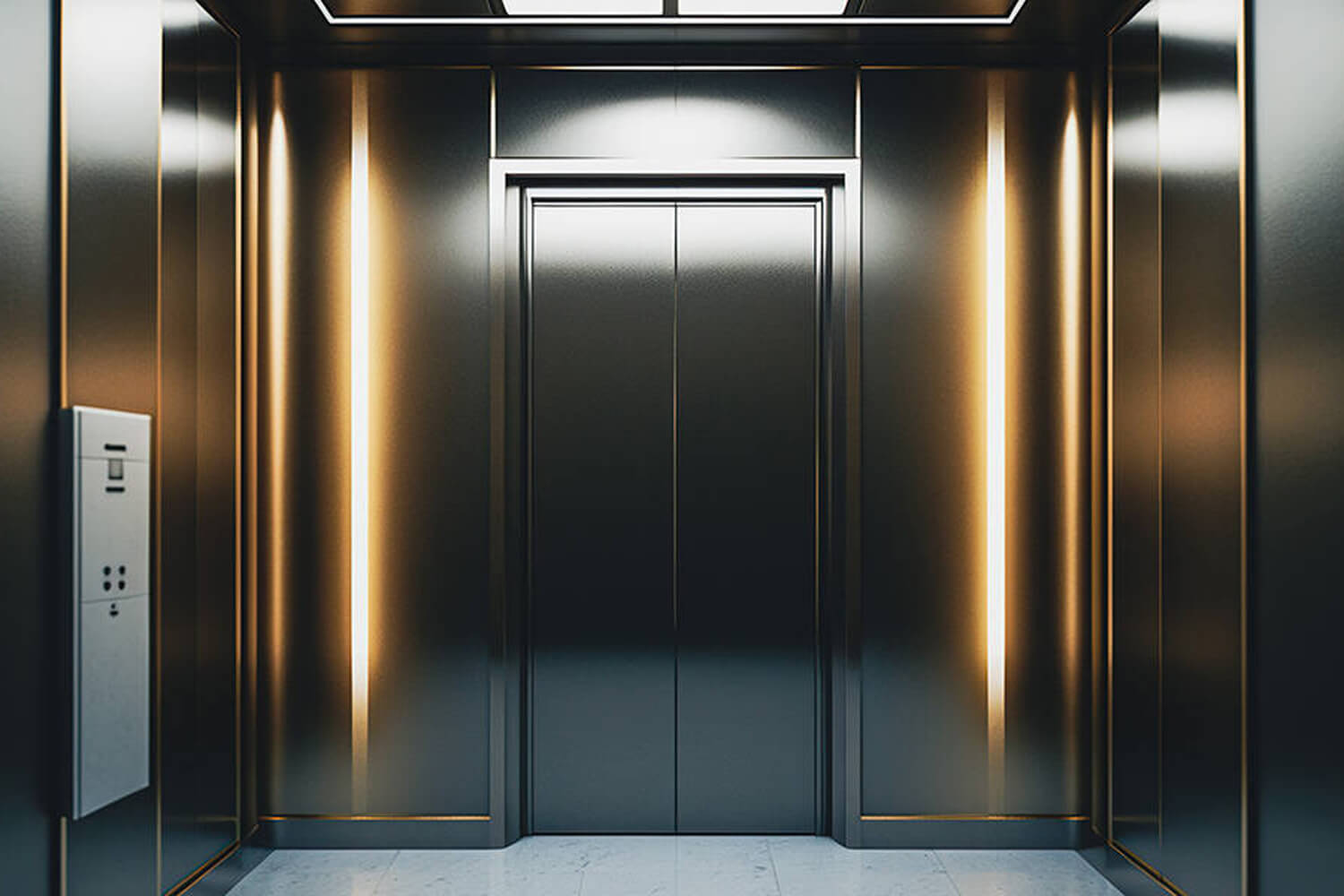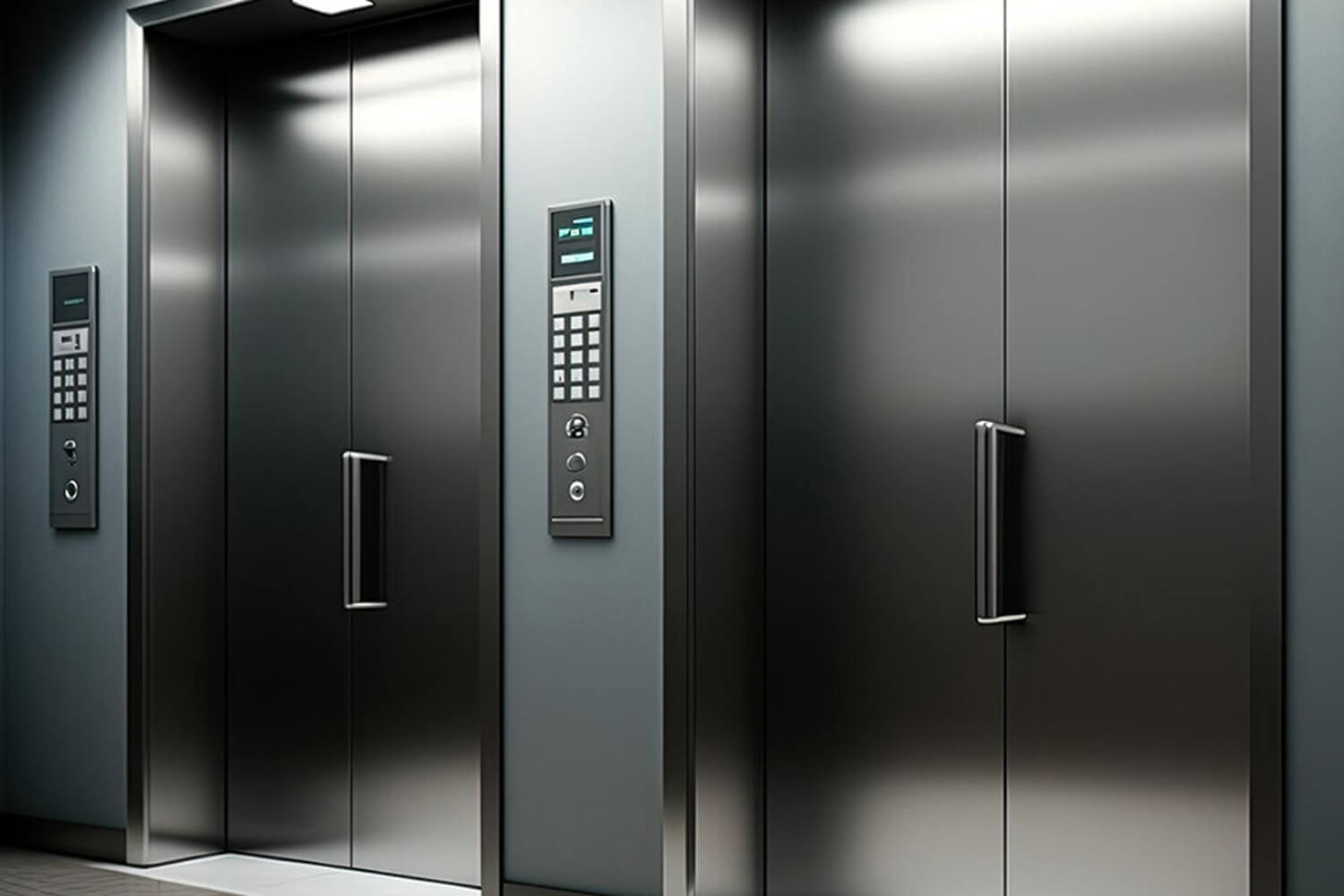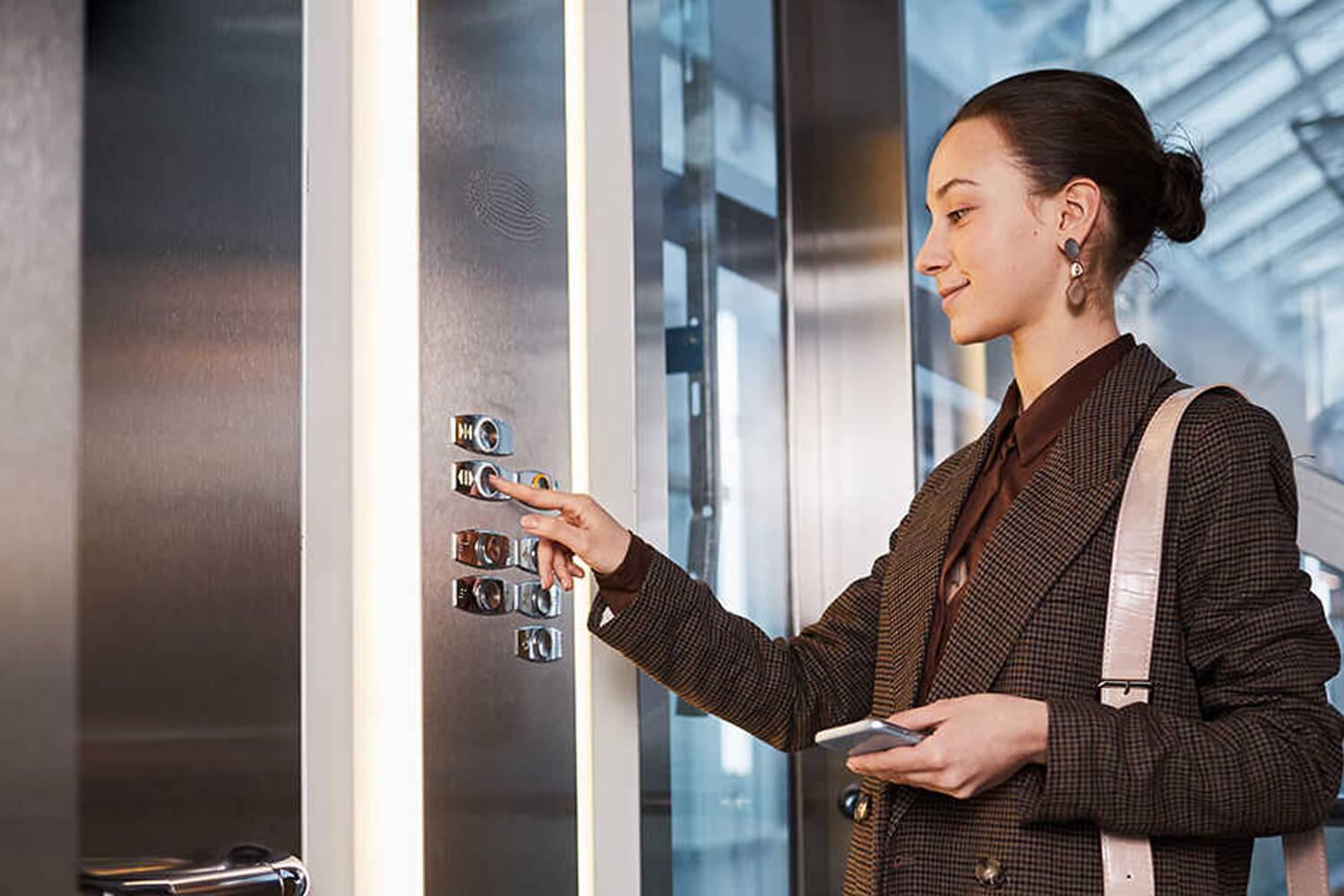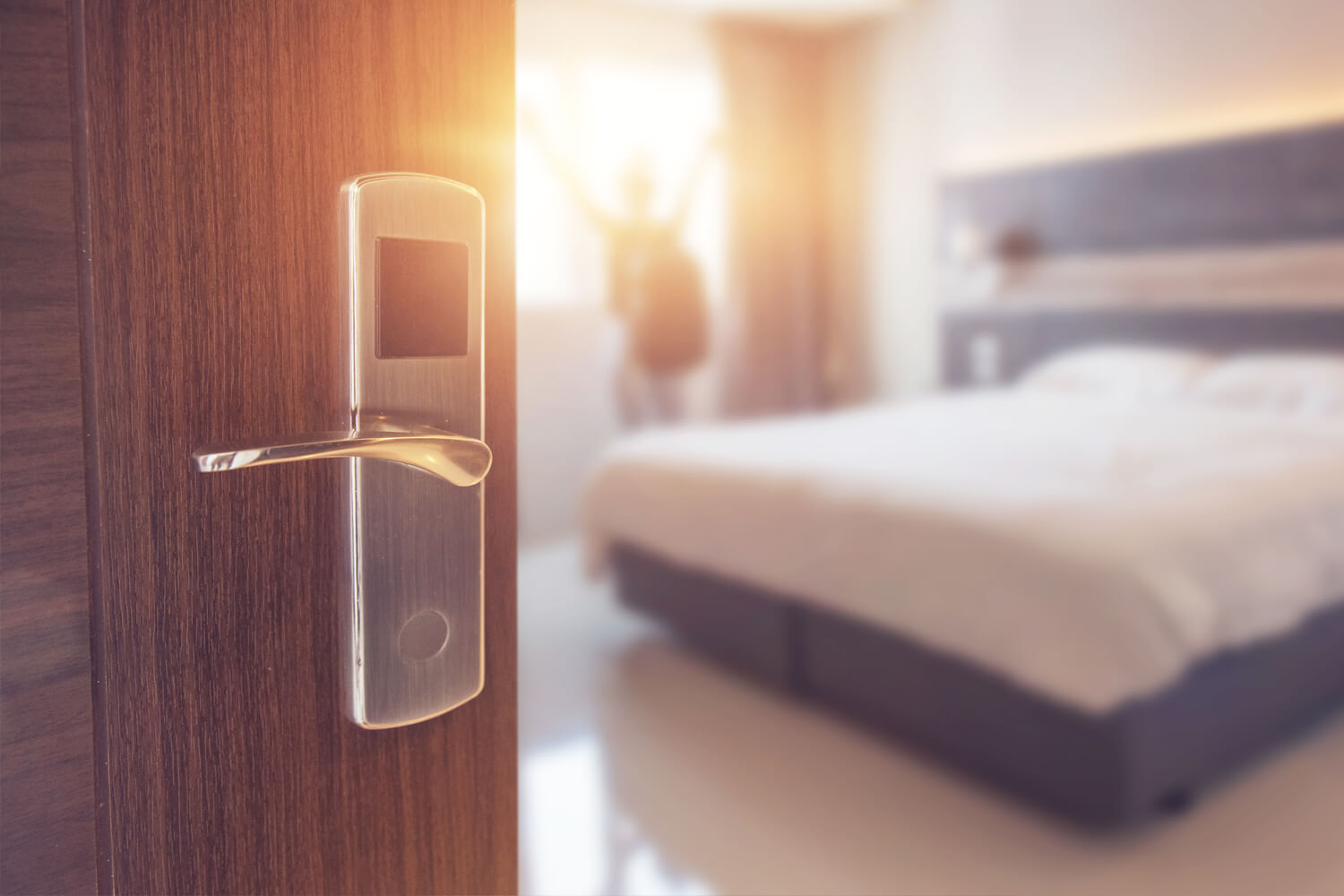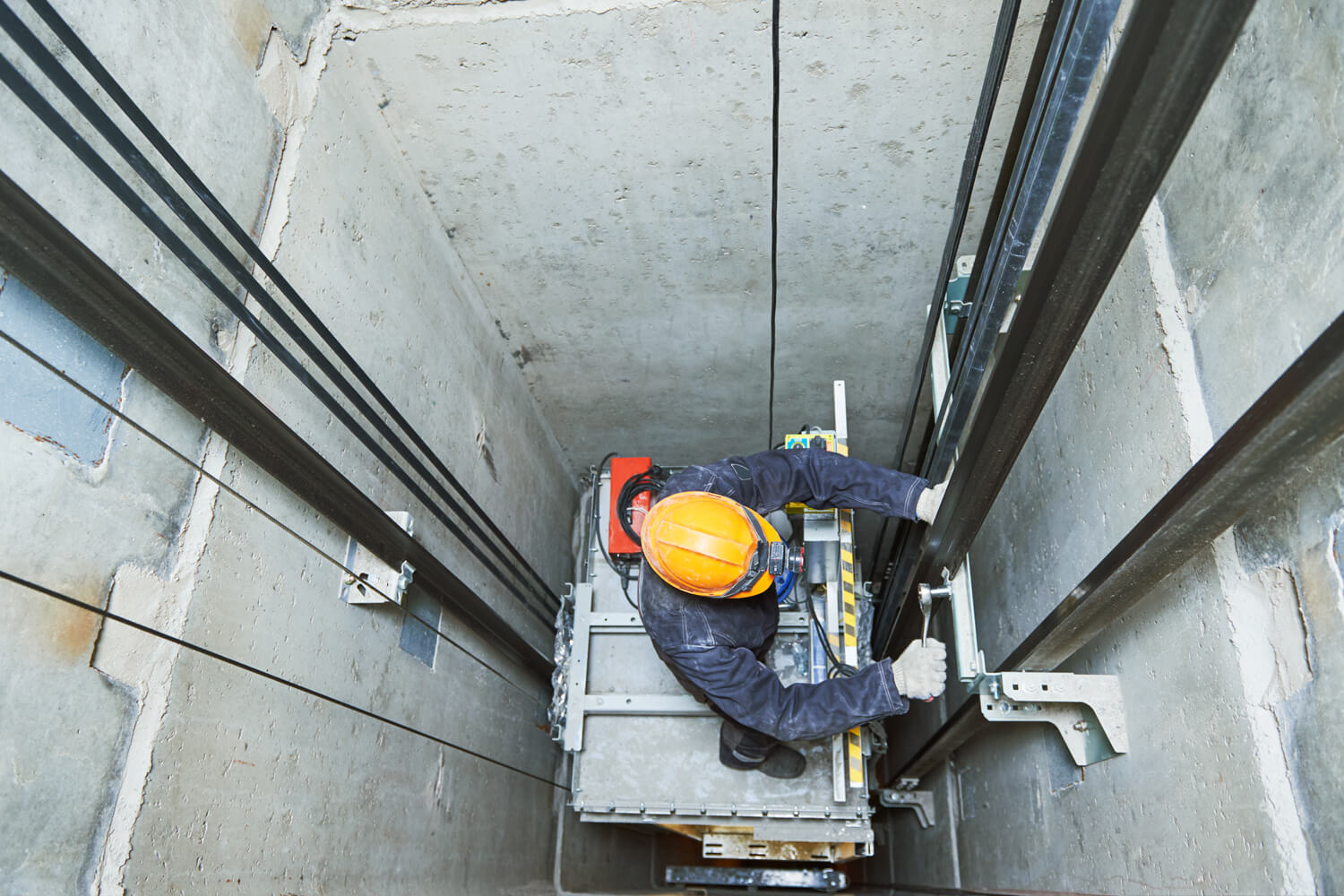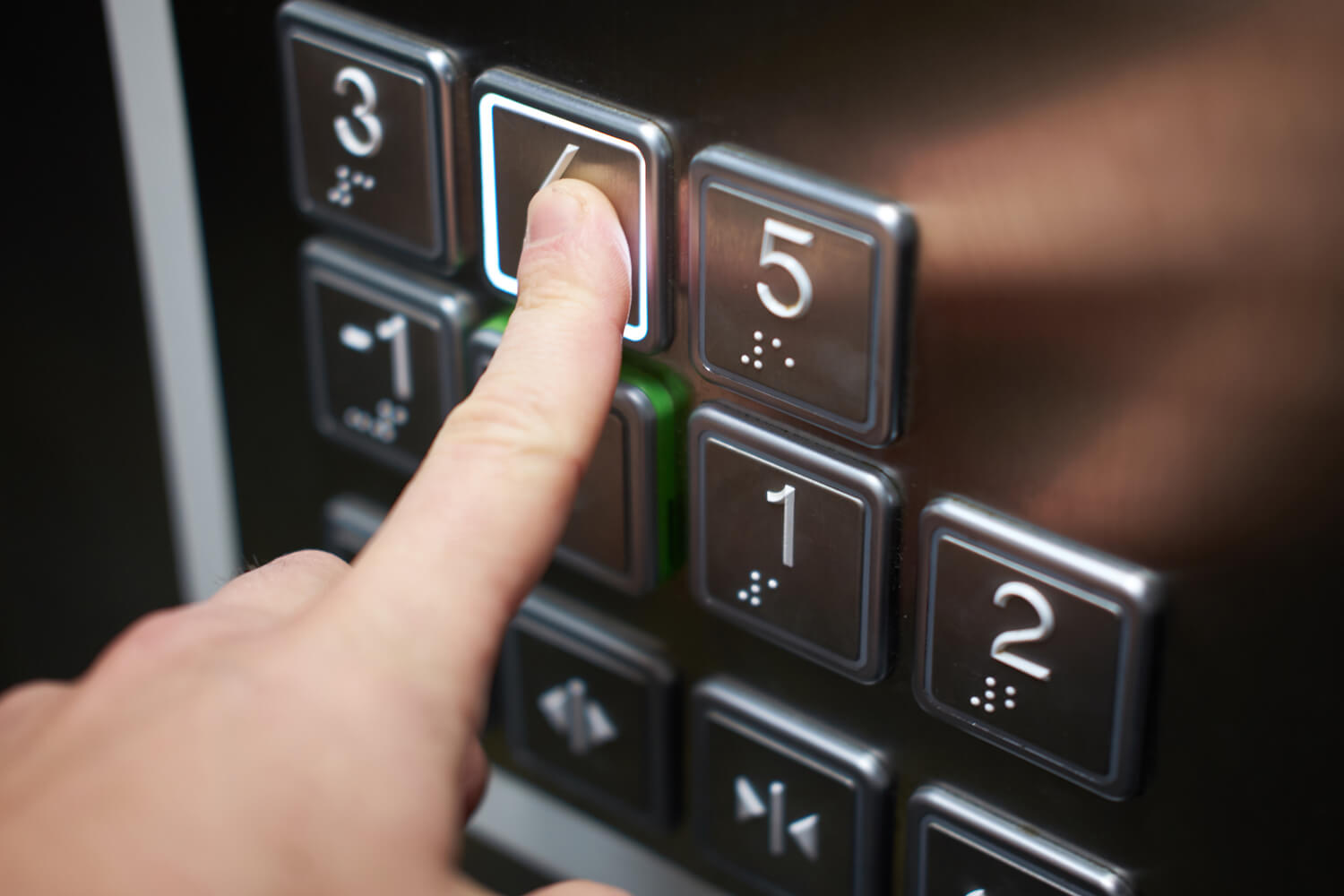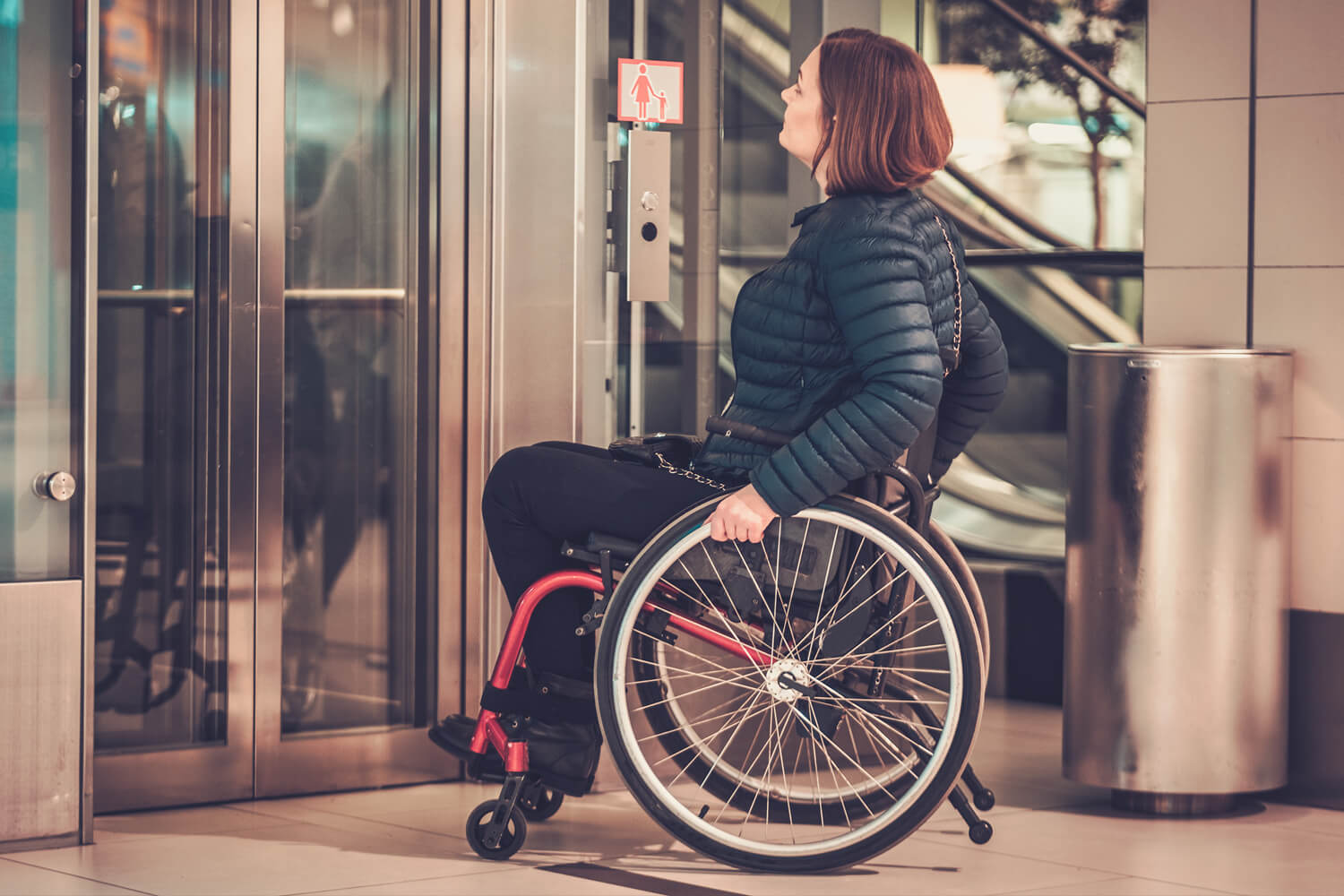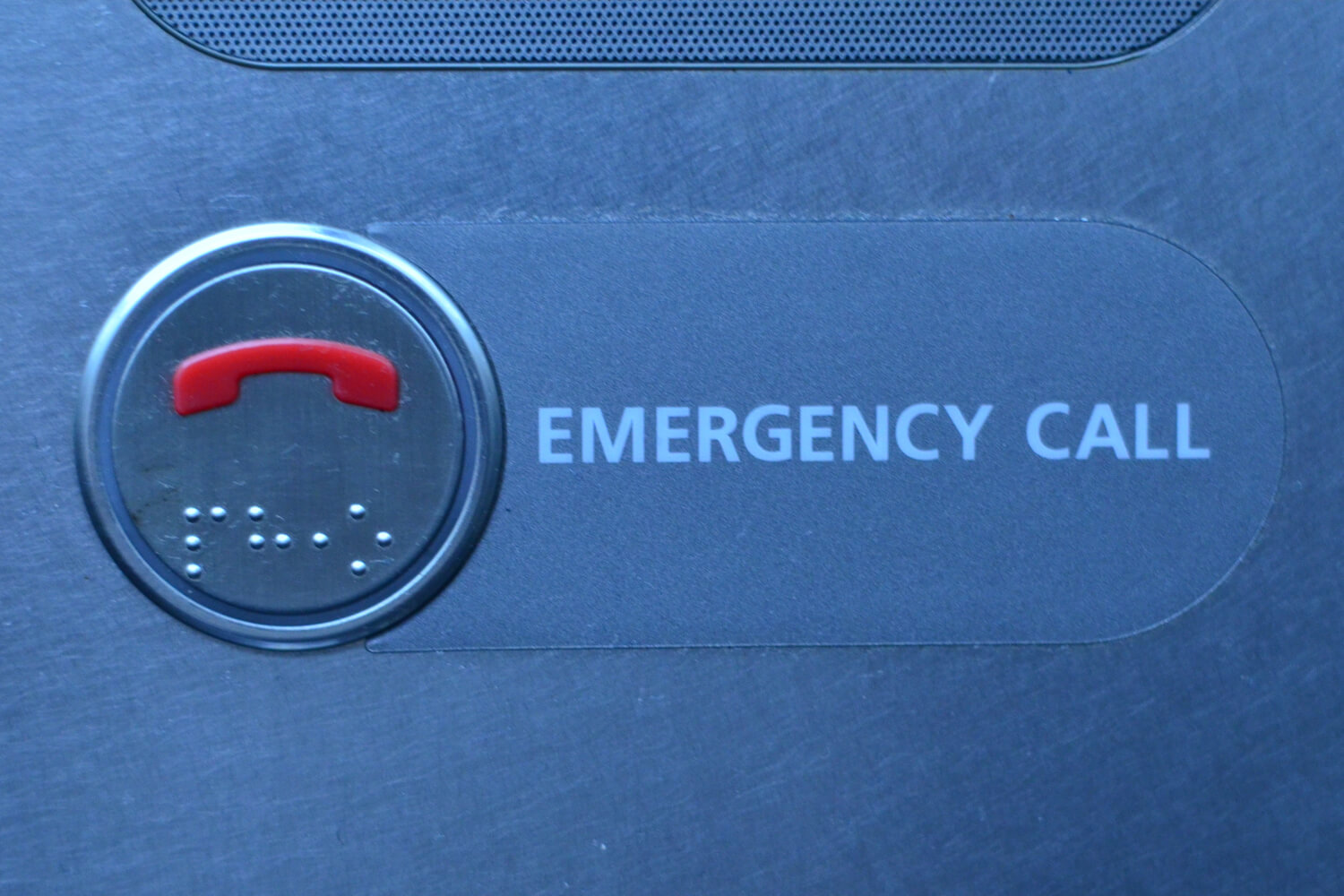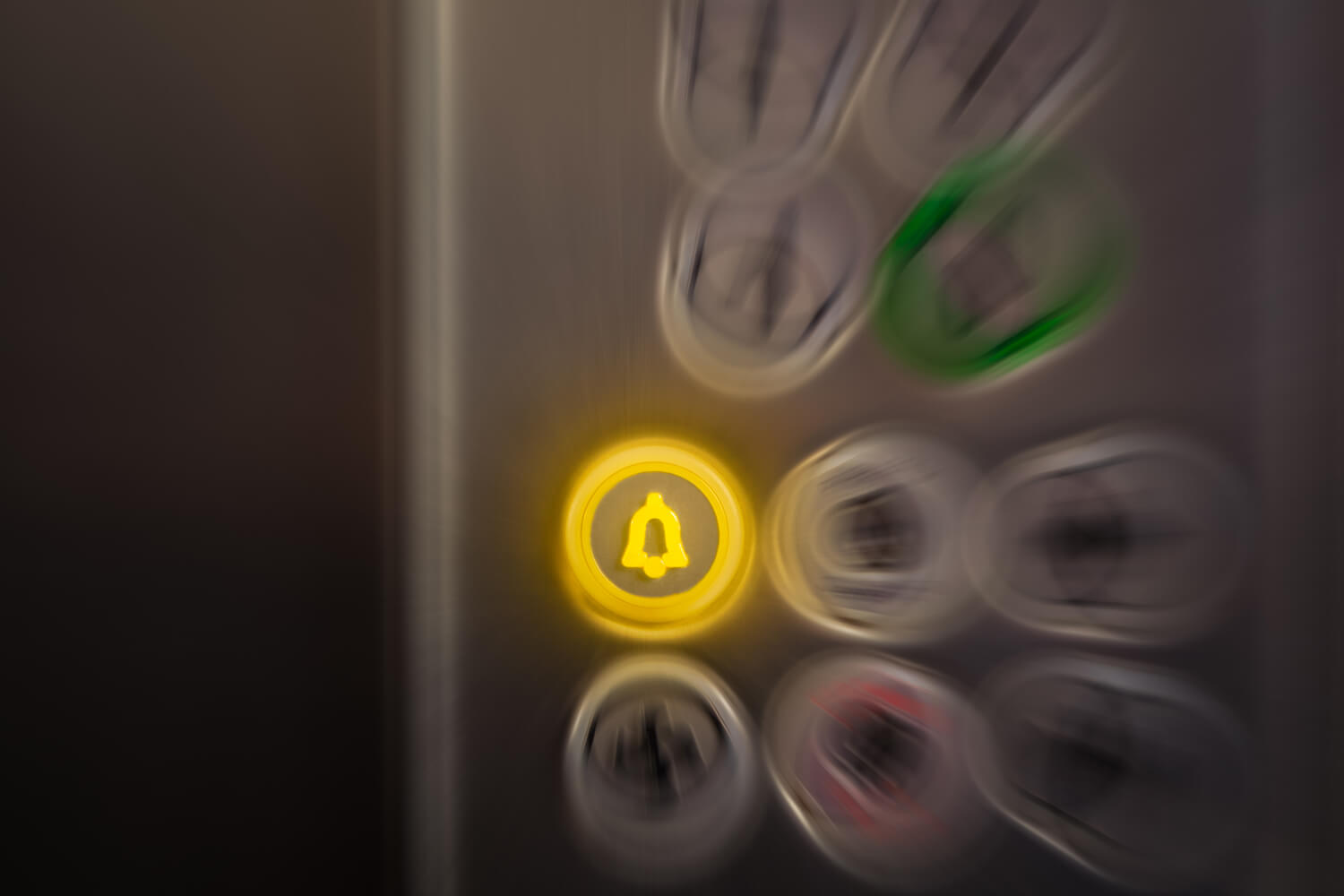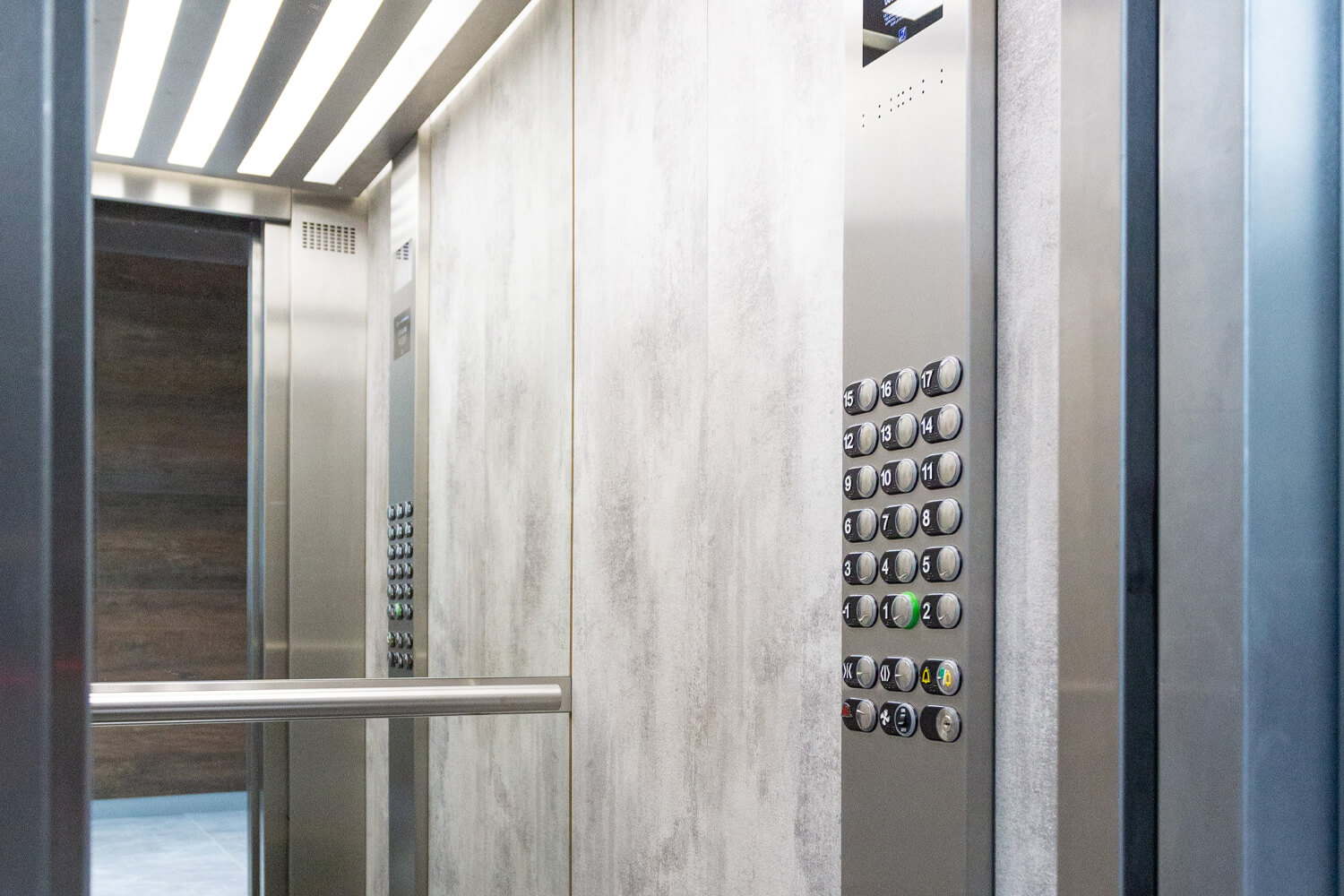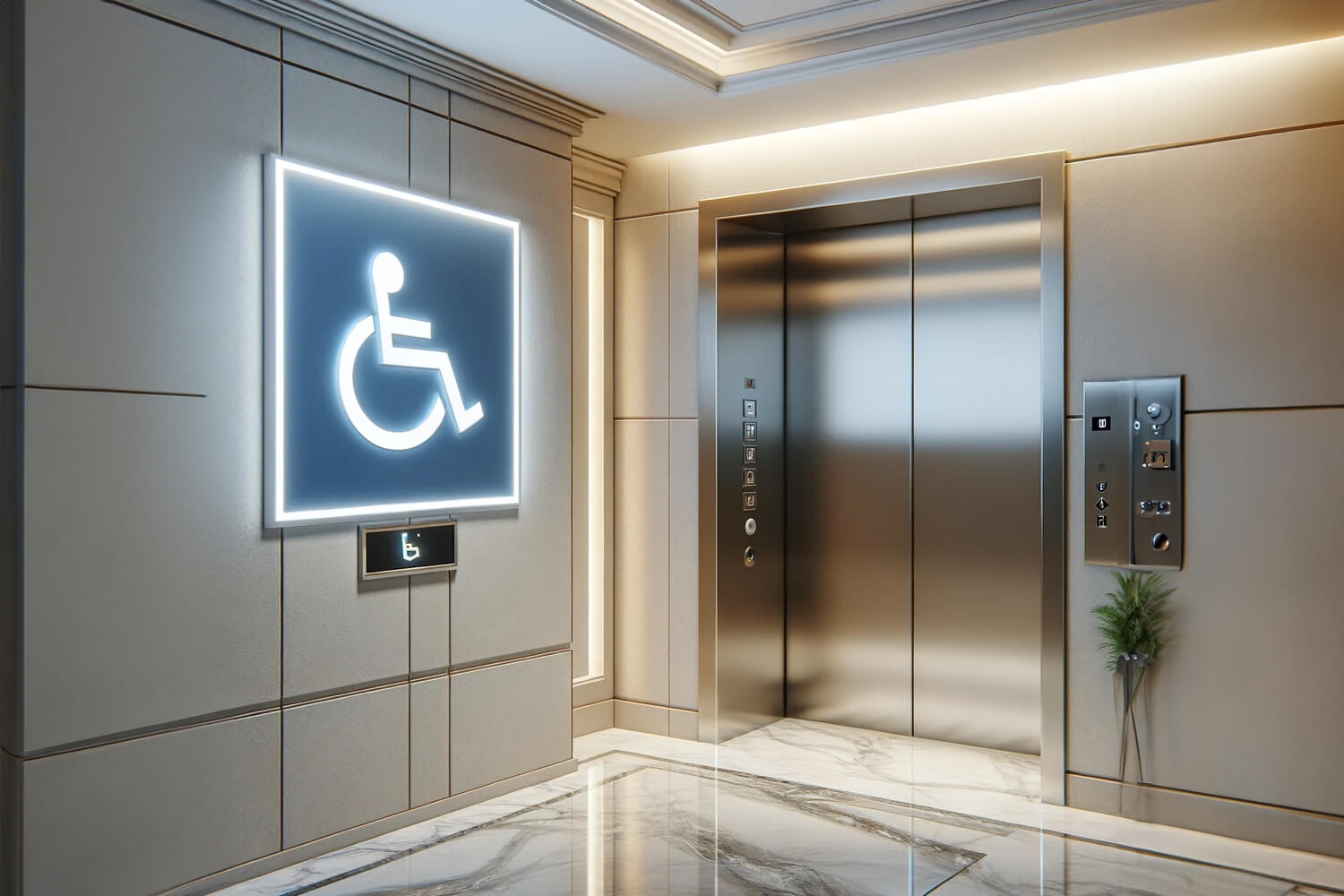No one wants to get into an elevator without absolute certainty that it’s safe. Professional elevator monitoring can help ease some of these fears, but an elevator safety certificate is the best way to ensure elevator compliance and safety. This guide dives into the importance of elevator safety certification, what it involves, and how your system can earn it.
Understanding Certified Elevator Inspection Standards
When it comes to keeping elevators safe, manufacturers and operators must adhere to various compliance standards. One of the biggest safety regulations for elevators is to have a qualified technician inspect and test the equipment. Professionals check for a wide range of issues with the following:
- Door function
- Rope and pulley mechanisms
- Emergency equipment
- Brakes
- Control panels
Elevator certification and risk prevention go hand in hand. By passing routine inspections, your system will be less prone to mechanical issues that may endanger your building’s occupants.
How To Receive an Elevator Safety Certificate
To earn an elevator safety certificate, you must first reach out to a professional technician. Make sure that they offer inspections and have the ability to certify your machinery. From there, completing the certification process usually involves three steps.
Experts begin by doing a preliminary test of the elevator. They’ll check all major components to identify performance issues or safety hazards. Depending on their findings, they may recommend repairs or parts replacement before moving on to the next step.
Testing the equipment ensures that it meets current compliance standards. Performing routine inspections keeps the equipment compliant. Your local regulations may call for inspections either once or twice a year.
If the equipment passes both initial testing and inspections, it will receive certification from a regulatory body.
Enjoy the Advantages of an Elevator Safety Certification
Receiving an elevator safety certificate is incredibly important. Not only does it keep your system compliant with industry standards, but it also provides the following benefits:
- Safer operations: Everything from the hoistline to the emergency brake will work safely.
- Reduced risk of breakdowns: Avoid mechanical malfunctions with routine inspections to rule out problems.
- Increased property value: Your building’s value could increase just by properly maintaining your elevators.
- Reliable performance: Riders can use the elevator without issue and enjoy a smooth performance.
- Peace of mind: Every passenger can ride with confidence and peace of mind.
If your equipment isn’t certified, what are you waiting for? Contact a technician today so you can reap these impressive benefits.
Keep Your Elevator Systems Safe With Professional Monitoring
Successful elevator inspections can give your system the proper certification and ensure a smooth operation. However, you may want to take extra measures beyond receiving an elevator safety certificate. That’s where we come in.
Partner with ELEVATE Monitoring to reap the benefits of our 24/7 monitoring solutions. Experts are always within reach when you experience any type of safety issue inside an elevator. Give us a call at 877-990-9191 to learn more about our services and how you can get started.






